Laowa 58mm F2.8 APO 2x Macro Review
Dustin Abbott
September 22nd, 2022
It was just a few months back that Laowa built on the foundation of the excellent Laowa 100mm F2.8 APO 2x Macro with a new and improved lens specifically designed for mirrorless mounts in the form of the Laowa 90mm F2.8 APO 2x Macro (which I reviewed here). Because it was designed for mirrorless cameras like Canon RF (which I tested), Sony E, Leica L, or Nikon Z, it was significantly smaller and lighter than the older DSLR design of the 100mm. I loved the 90mm F2.8 APO and actually purchased one myself. Laowa has continued in that same formula with another fantastic lens in this series with the new Laowa 58mm F2.8 APO 2x Macro (hereafter referred to as the Laowa 58M for brevity). This lens is only marginally smaller than the 90mm but comes in a focal length that is arguably even more versatile, good for macro, product photography, landscapes, and portraits alike.
I own (and love) the Voigtländer 65mm F2 APO Macro lens (my review here). There’s a lot of reasons that I really like the lens, but chief among them is that the shorter focal length works really well for all of the product photography that I do. It is the shortest of my macro lenses (I own both the aforementioned 90mm from Laowa along with the Irix 150mm F2.8 Macro), but sometimes the longer focal lengths are too narrow for doing effective product photography. Different focal lengths work better for different purposes. I tend to prefer a longer focal length for things like insects, where a longer working distance is really important. But if you need your macro lens to cover a lot of different possibilities, a shorter focal length is more desirable than a longer one that eliminates certain subjects.
Like its predecessors, the Laowa 58M is a fully manual lens without any electronics. That may immediately turn many of you off, but manual focus on a macro lens is far less of a penalty than most lenses. Many macro photographers actually prefer manual focus for the great precision it affords, and I can say for the most part really, really enjoyed using the Laowa 58M on my Canon EOS R5. There are a variety of reasons, but the first thing that stands out to me is the great viewfinder and LCD screen on the R5 that makes using manual focus lenses so much more fun. A really sharp lens like the Laowa means that focus overlays (I use focus peaking in red and set on the “high” level”) show up very crisply in the high resolution viewfinder, and I found that focusing in most situations (more on that in a moment) was really, really easy. I rarely felt like I had to magnify the image at close to medium focus distances, which meant that the focus process was very organic and quick. The crisp LCD screen means that high resolution, high contrast images like this lens can produce really just pop off the screen, which made my shooting time out in the field feel very rewarding. Finally, the addition of IBIS (In Body Image Stabilization) means even a manual everything lens like this gets decent stabilization (I manually input the focal length to get the best performance). Having a stabilized macro lens only adds versatility to this lens, and the Laowa 58M is exceptionally sharp and has very high contrast due to its Apochromatic (APO) design. Apochromatic designs allow colors to be focused more accurately/consistently, resulting in much lower levels of chromatic aberrations and thus higher contrast than typical lens designs. Images from this lens really “pop”!
The Laowa 58M macro combines that apochromatic (APO) optical design (typically seen on very expensive lenses) with a 2x macro ratio of 2:1 rather than 1:1 life size. The biggest drawback of my Voigtländer is that it only has a 1:2 (0.50x) magnification level, which looks like this if I photograph my Dad’s old Pentax:
Most macro lenses are 1:1 (1.0x) magnification, which looks like this:
But the Laowa 58mm is 2:1 (2.0x) and can achieve double that magnification level:
Laowa’s macro performance even at the 2:1 ratio remains very high, making this an extremely effective lens.
This isn’t a perfect lens (I miss not having any electronics in the lens), but it allows for an optical performance right up there close to Zeiss Otus range, has a (mostly) excellent build, 2x magnification, and a price tag of around $500 USD. That’s a lot of good things coming together in one lens…so this will definitely be a very tempting option for your Canon RF, Sony FE, Leica L, or Nikon Z mirrorless camera. You can get the full picture by either watching my video review below or reading on to get the full picture.
Follow Me @ YouTube | Patreon | Instagram | Facebook | DA Merchandise | Flickr | 500px
Thanks to Laowa for sending me a review loaner of this lens. As always, this is a completely independent review. *The tests and most of the photos that I share as a part of my review cycle have been done with the 45MP Canon EOS R5, which I reviewed here.
Laowa 58M Build and Handling
Laowa lenses have always been nicely made with full metal construction. That trend continues here, with the lens made entirely of metal and glass. The official measurements are 74mm in diameter (leaving a common 67mm front filter thread) and 117mm in length (2.91 x 4.6”). The bare lens weighs in on my scale at a moderate 1.24 lb (564g) despite the heavy grade construction. The lens has a very attractive, premium look and feel to it. It’s just a bit smaller than the 90mm, as you can see here:
The lens hood (as per usual for Laowa lenses) is the weakest part of the build, as it is very ordinary grade plastics and Laowa hasn’t been able to solve the bayonetting issue. The hood just doesn’t go on very easily or precisely, and the problem seems to be exacerbated if the front cap is in place. The hood is petal shaped, and thus much shallower than the hoods found on the 90mm and 100mm lenses.
The focus travel has a nice amount of rotation for precise focusing (about 200°). I found that I had enough room for accurate focus at various distances. The design is like the that of the 90M where the front element is a part of the lens design and protects the front opening of the barrel. There is forward and backward movement of the focusing elements within the seal of the barrel, but nothing moves externally during focus.
This lens does not have weather sealing, but the fact that it is internally focusing and has no electronics means that there is perhaps less risk of damage, though those of you who shoot in either very moist or very dusty conditions will probably wish for weather sealing.
Minimum focus distance focus is only 18.3cm (7.2″), and when you consider than the lens takes up about 13cm of that (there’s some extra length as that MFD is measured from the sensor of the camera), that leaves only about 5.3cm of distance to work with. The hood would take up a good bit of that, so you’ll definitely want to remove it when working at 2x magnification levels to eliminate the possibility of shading your subject with the hood. Here’s a look at the amount of magnification from my test chart subject (test chart shown a little later on) that you get at 2:1:
It’s worth noting that the laws of physics dictate that light transmission at close focus distances diminishes (effective aperture changes), and that’s even more obvious with the additional magnification of the Laowa 58M. Put simply, the image will get darker when you focus closer (think 2-3 stops). Very high magnification requires good light, so bear that in mind when doing serious macro work.
There is a manual aperture ring here with light detents at the full stops and a lot of room in between the early stops for selecting a partial stop.
The wide manual focus ring that is finely ribbed in metal. It moves smoothly for the most part but the copy that I reviewed had just the slightest hint or “rubbing” in the early part of the range. It was very faint, however, and might loosen up further in time. The weight is otherwise very good for smooth focus but with enough damping to achieve (and hold) accurate focus.
I found that focus was pretty simple at most distances, and it was only at landscape differences that I felt like I needed to double-check focus by magnifying the image, as I did see some false positives from focus peaking and the fact that a little adjustment makes for a big change at longer distances. The lens has a lovely feel for doing video focus pulls, with a nicely damped focus action that produces easily repeatable results. As with most macro lenses, there is some very obvious focus breathing at close distances.
We get a very high aperture blade count of 13 blades in the aperture iris, and that helps maintain a beautifully circular shape even when stopped down. The aperture makes for a fine photo subject itself:
The lens has a distinctive blue accent ring at the front of the lens, a 67mm front filter threading, and a lovely anodized metal finish that looks premium. I like the sculpted profile that flares out to the focus ring (making it nice to touch ergonomically), and the high contrast etched distance markings and aperture values make this feel like a premium lens.
The Laowa 58M has build quality that punches way over its price point of $499 USD. I’d like to see weather sealing, but that might be quibbling. I also would really like to see Laowa find a way to include electronic contacts on their lenses in the future so that basic EXIF information can be communicated. If that is too much to ask, they need to at least do a better job of engineering the bayonet action on their lens hood, as this strikes a really discordant note in an otherwise well built lens.
Laowa 58M Image Quality
Image quality is often an area of strength for an APO (Apochromatic) lens, and that’s true of the Laowa 58M, which may just be the best lens in the series thus far. A lens with an Apochromatic design has better correction of chromatic and spherical aberration than the much more common achromat lenses. Put simply, most lenses struggle with the fact that colors don’t always focus at the same distance, which results in green or purple (red) fringing due to the fact that those colors aren’t focusing on the same plane of focus. Whereas most lenses are corrected for two color wavelengths (typically red and blue), an apochromatic lens is able to bring three color wavelengths into focus on the same focus plane. This produces a near absence of chromatic aberrations and allows for higher contrast and a near absence of the veiling (lack of contrast) that produces “soft” images. True apochromatic lenses tend to be very sharp and very contrasty. They also are corrected for spherical aberrations on two wavelengths rather than one. I owned some excellent APO lenses, including the Zeiss Milvus 135mm F2 and the Voigtländer 65mm F2, and I’ve tested a number of other ones. Images with amazing “pop” like this are something I come to expect from lenses like this.
Longitudinal chromatic aberrations (LoCA) typically show up as purple/magenta fringing before the plane of focus and blue/green fringing beyond the plane of focus due to colors not being perfectly focused together. They typically diminish as the lens is stopped down to smaller apertures. The APO design here completely eliminated such fringing, though, which is incredibly important for good macro work. This shot, for example, shows the front of a vintage lens. I often find the transition from the etched white paint in the lens designation to the black of the lens barrel is a major hotspot for fringing, but that proves to be no problem at all here.
Lateral chromatic aberrations (LaCA) show up as fringing on either side of contrast areas (like tree trunks, for example) along the edges of the frame. Unlike LoCA, they do not improve when stopping the aperture down, but are much easier to correct for (typically a one click “remove chromatic aberrations” box in editing software). I saw no issue at all in the trees along the edge of this landscape image.
There is typically only one downside to APO lenses, and that is the intense contrast and lack of chromatic aberrations can have the negative impact of more hard edges in the bokeh (defocused) areas of the image. Some of the best “bokeh lenses” are those with some uncorrected aberrations, which help produce a softer, creamier defocused area. The trend generally remains true here, though frankly this lens is better than many in that way. This is the busiest I could get of the bokeh.
I did see a few prismatic artifacts in certain bokeh highlights, which was probably my greatest criticism of the bokeh from the 58M.
The reality with such a high magnification lens like this is that you can get close and completely blur out backgrounds very easily.
We’ll circle back to the bokeh with more shots in a moment, but let’s break down some of the optical performance. We’ll start with vignette and distortion.
There’s little to see on the distortion front. I had nothing to correct for in terms of distortion. Vignette was a slightly heavier than the 90mm, requiring a +38 (vs +33) to correct it. I didn’t feel the need to do much in terms of correction to real world images, though you can see a little shading in the upper corner in this wide open landscape:
So how about sharpness? Here’s a look at my chart globally at F2.8, taken with the 45MP Canon EOS R5:
And here are the F2.8 crops at nearly 200% magnification, taken from the center, then mid-frame, and then extreme lower right corner:
What I see is fantastic center sharpness, outstanding midframe sharpness (some of the best I’ve seen), and very good extreme corner performance.
These Laowa APO lenses are no “paper tigers”, either. The amount of detail and contrast you get in real world images is just fantastic:
Stopping down produces only marginal improvements across most of the frame, though you will see more noticeable improvement in the corners, where performance peaks at roughly F8:
Landscape images look amazing at apertures like F5.6 and F8, with all kinds of tiny details being finely resolved across the frame:
Minimum aperture is F22, though I would avoid F16 and smaller if possible because the effects of diffraction really soften the image. Your peak apertures will be F2.8-F11.
As noted, this is a very versatile focal length, and, unlike some lesser optical instruments, it performed very well at a variety of focus distances, starting with macro, as we’ve seen.
Move out a little ways, and the detail continues to pop:
At medium distances for portraits, the amount of detail on the subject is fantastic.
And then, of course, at infinity, the detail continues to be exquisite:
Bottom line is that Laowa 58M has some of the best image quality you are going to find at this price point.
I sometimes complain about Laowa colors on their wide angle lenses being a little “flat” for my tastes, but that hasn’t been the case with their telephoto lenses. I’ve liked the color from the 105mm F2 Transfocus lens, the 90mm and 100mm full frame macro lenses lens, the 65mm F2 Macro (for APS-C), and this 58mm lens as well. I find that Apochromatic lenses produce really intriguing color because of the deep contrast levels, and so images look great:
That punch also gives images a three-dimensional feel, where the subject really stands out against the background.
You’ve probably noticed from these images that the bokeh is actually pretty nice from the lens, and you can get close enough to subjects to REALLY make the background disappear…even if they are just a few centimeters away.
This image impressed me not only because the bokeh looks pretty good, but more so because the image was shot in the intense Arizona sun, and the final image was far better than what my experienced photographer’s eye expected at the moment of capture.
Following the trend that I’ve seen with all of these APO macro lenses, the Laowa 58M isn’t entirely flare resistant, though I think it is better than either of the longer lenses. I have found that the real world flare artifacts are more artistic here, though, with a flare (ghosting) pattern that is uniform and rather stylish.
Or how about this interesting prismatic effect from the sun filtering slightly into the frame?
I also found that when I put the sun intentionally into some shots (but around subjects), that the results were actually quite stunning.
A wider focal length like this is going have bright lights in the frame more than the longer telephoto macro lenses, but I don’t think that the flare performance is too bad here.
One thing I did note was that it was a little hard to get defined sunburst effects because of the high (and very rounded) aperture blade count. Not a huge deal, perhaps, but I didn’t want to note it.
All in all, however, this lens is an amazing optical performer for the price. There are few lenses that deliver better results on a technical level, and when I reviewed my images from my Arizona trip, I was really delighted with home many of them turned out. This is a great, versatile lens for the trail…particularly if you are shooting on a camera with in both image stabilization. If you would like to see more images, check out my image gallery here.
Conclusion
In conclusion, I’m delighted with the Laowa 58mm F2.8 APO 2x Macro. While it is very similar in many ways to the 90mm F2.8 APO 2x Macro, the wider focal length opens up a lot of different and unique opportunities. Very close macro is a little more difficult due to the closer working distance, but I do think that is compensated for by the versatility of the focal length for other subjects.
It is that versatility that makes this such an appealing option, much like my Voigtländer 65mm but with more macro capabilities. Macro still works very, very well here:
When you look at the price tag (about $500 USD) relative to the competing lenses, the Laowa really starts to feel like a great value, particularly if you tend to do your macro work utilizing manual focus anyway. Modern mirrorless bodies eliminate a lot of the sting of doing macro work, and you can’t argue with the kinds of results you can get from this lens. This is a top-notch value lens, and should be near the top of your macro list if you own a Canon, Sony, Nikon, or Leica mirrorless body and would prefer a slightly wider angle of view in your macro lens.
Pros:
- Nice build quality in general
- Apochromatic design at a low price
- Twice the magnification of most competing macro lenses
- Good contrast
- Excellent chromatic aberration control
- Colors have great punch
- Excellent, consistent optical performance across the frame
- Great real world macro performance
- Good focus throw distance
- Very flexible focal length
Cons:
- Lens hood doesn’t fit well
- No electronics or weather sealing
- Some ghosting (flare) pattern in certain conditions
Purchase the Laowa 58mm F2.8 APO 2x Macro @ B&H Photo | Amazon | Amplis Foto (use code AMPLIS52018DA for 5% off) | Camera Canada | Amazon Canada | Amazon UK | Amazon Germany
Purchase the Laowa 90mm F2.8 APO 2x Macro @ B&H Photo | Amazon | Amplis Foto (use code AMPLIS52018DA for 5% off) | Camera Canada | Amazon Canada | Amazon UK | Amazon Germany
Purchase the Laowa 100mm F2.8 APO 2:1 Macro @ B&H Photo | Amazon | Amplis Foto (use code AMPLIS52018DA for 5% off) | Camera Canada | Amazon Canada | Amazon UK | Amazon Germany
Purchase a Canon EOS R5 @ B&H Photo | Amazon | Camera Canada | Amazon Canada | Amazon UK | Amazon Germany | Ebay
Purchase a Canon EOS R6 @ B&H Photo | Amazon | Camera Canada | Amazon Canada | Amazon UK | Amazon Germany | Ebay
Want to support this channel? Use these affiliate links to shop at: B&H Photo | Amazon | | Camera Canada | Ebay | Make a donation via Paypal
Buy DA Merchandise https://bit.ly/TWIMerch
Peak Design Leash Strap: Peak Design Store | B&H Photo | Amazon | Amazon Canada | Amazon UK
Adobe Photoshop Creative Cloud 1-Year Subscription
Get a discount off all Skylum Editing Software (Luminar, Aurora HDR, AirMagic) by using code DUSTINHDR at checkout:
Visit Dustin’s Amazon Storefront and see his favorite gear
Purchasing your gear through B&H and these links helps fund this website and keeps the articles coming. You can also make a donation here if you would like. Visit my Amazon page for some of my gear of choice! Thank you for your support.
Purchasing your gear through B&H and these links helps fund this website and keeps the articles coming. You can also make a donation here if you would like. Visit my Amazon page for some of my gear of choice! Thank you for your support.
Receive a 5% discount on all purchases at Amplis Foto, Canada’s Leading Photographic Supplier. Please enter discount code: AMPLIS52018DA in your cart. It is good for everything in your cart, and is stackable with other coupons, too! It will take 5% off your entire order! Proceeds go towards keeping this site going and providing you with new reviews!
Use Code “DUSTINHDR” to get $10 off ($15 CDN) any Skylum product: Luminar, Aurora, or AirMagic
Purchase the Laowa 58mm F2.8 APO 2x Macro @ B&H Photo https://bhpho.to/3pKiwPc | Amazon https://amzn.to/3Cz92hf| Amplis Foto (use code AMPLIS52018DA for 5% off) | Camera Canada | Amazon Canada https://amzn.to/3PSpMTG | Amazon UK https://amzn.to/3TklFmf | Amazon Germany https://amzn.to/3ApiJfI
Keywords: Laowa 58mm F2.8 Macro, Macro, 2x, 2:1, APO, Laowa 58 review, Laowa 58mm Review, Laowa 58mm F2.8 APO 2x Macro, Full Frame, Review, Canon EOS R5, Canon EOS R3, Review, Hands On, Dustin Abbott, Real World, Comparison, Sharpness, Bokeh, Flare Resistance, Autofocus, Image Quality, Sample Images, Video, Photography, Canon EOS R6, Canon EOS R7, Canon R5, 45MP, let the light in, #letthelightin, DA
DISCLAIMER: This article and description contains affiliate links, which means that if you click on one of the product links, I’ll receive a small commission. As an Amazon Associate I earn from qualifying purchases.










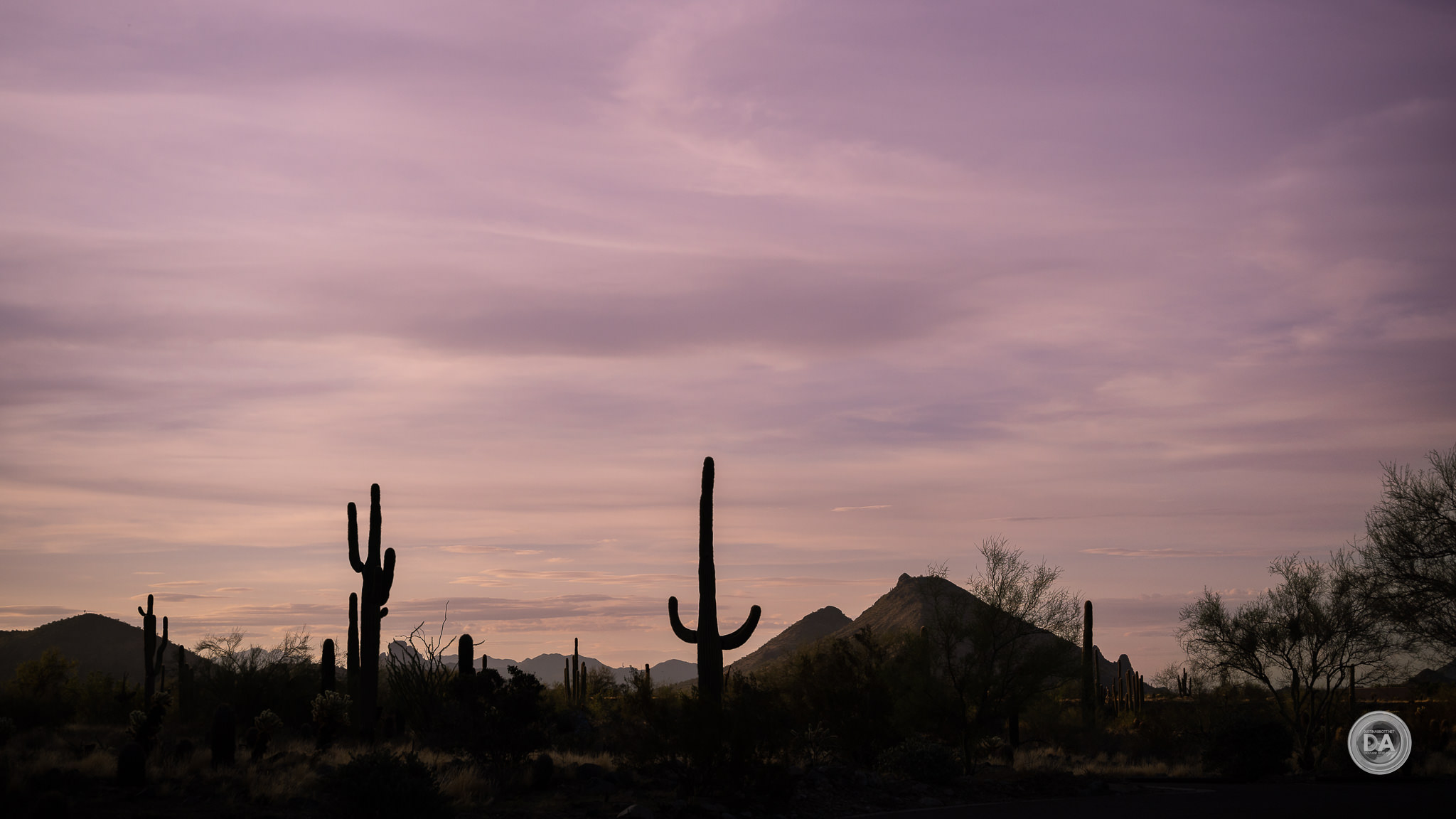
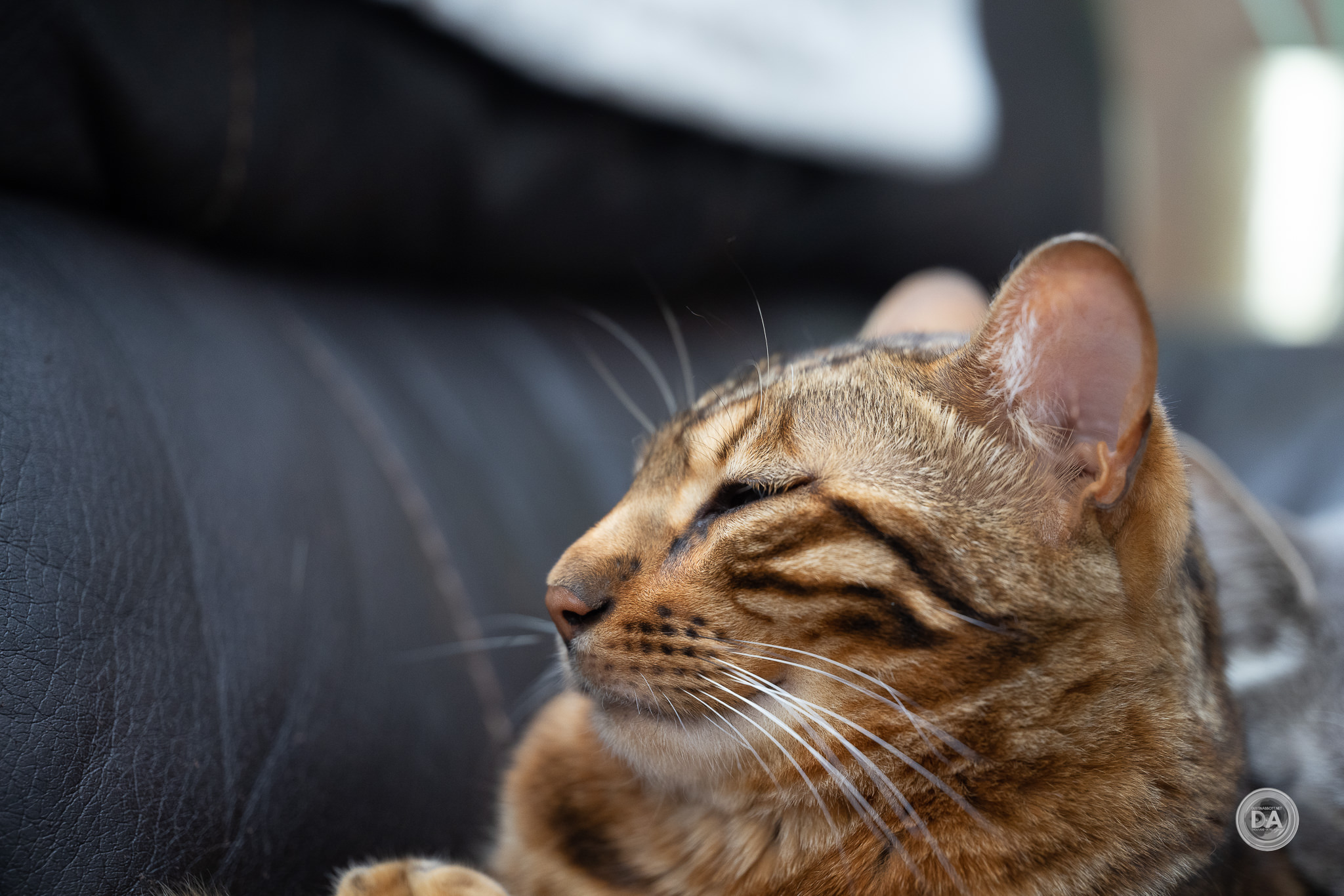
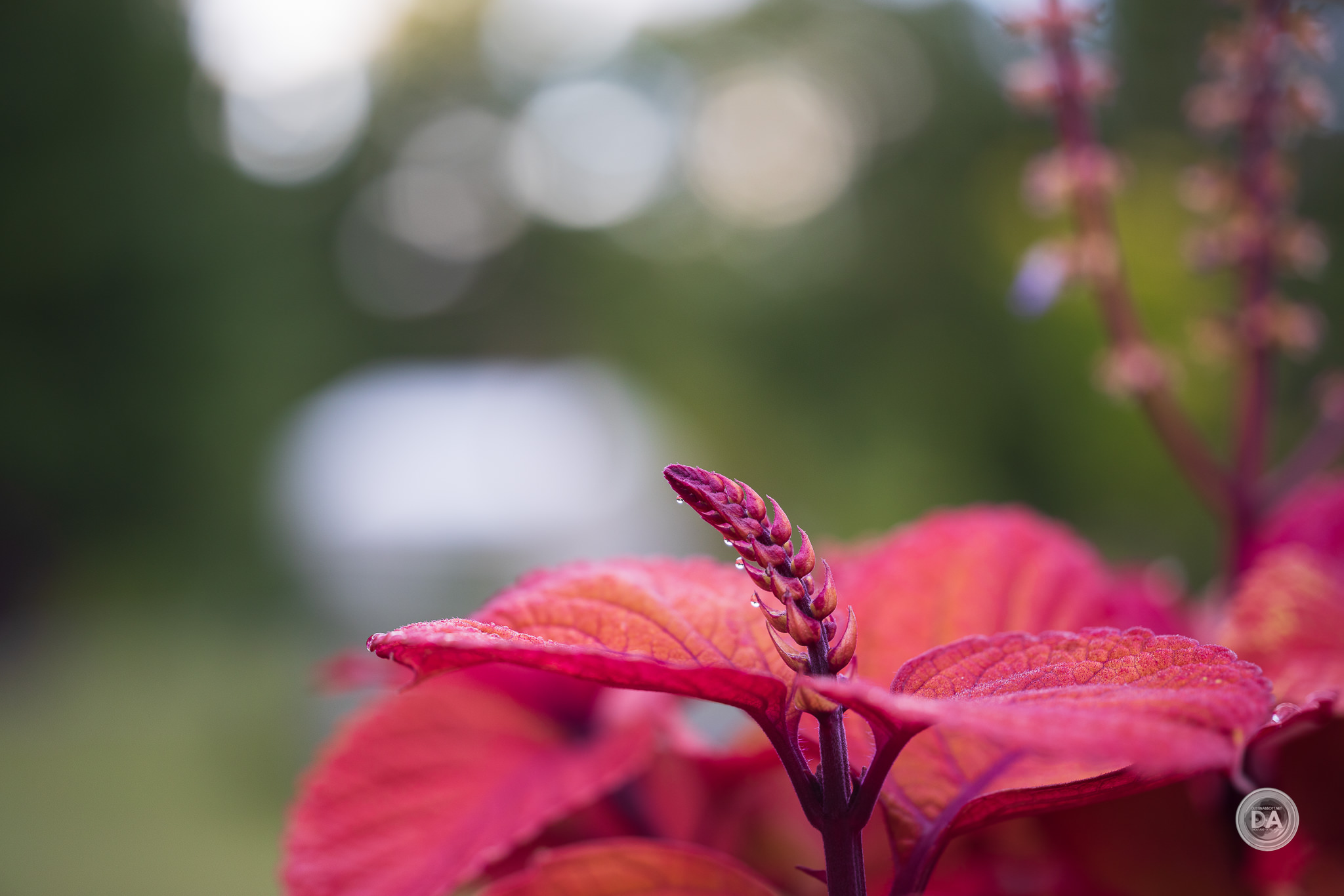

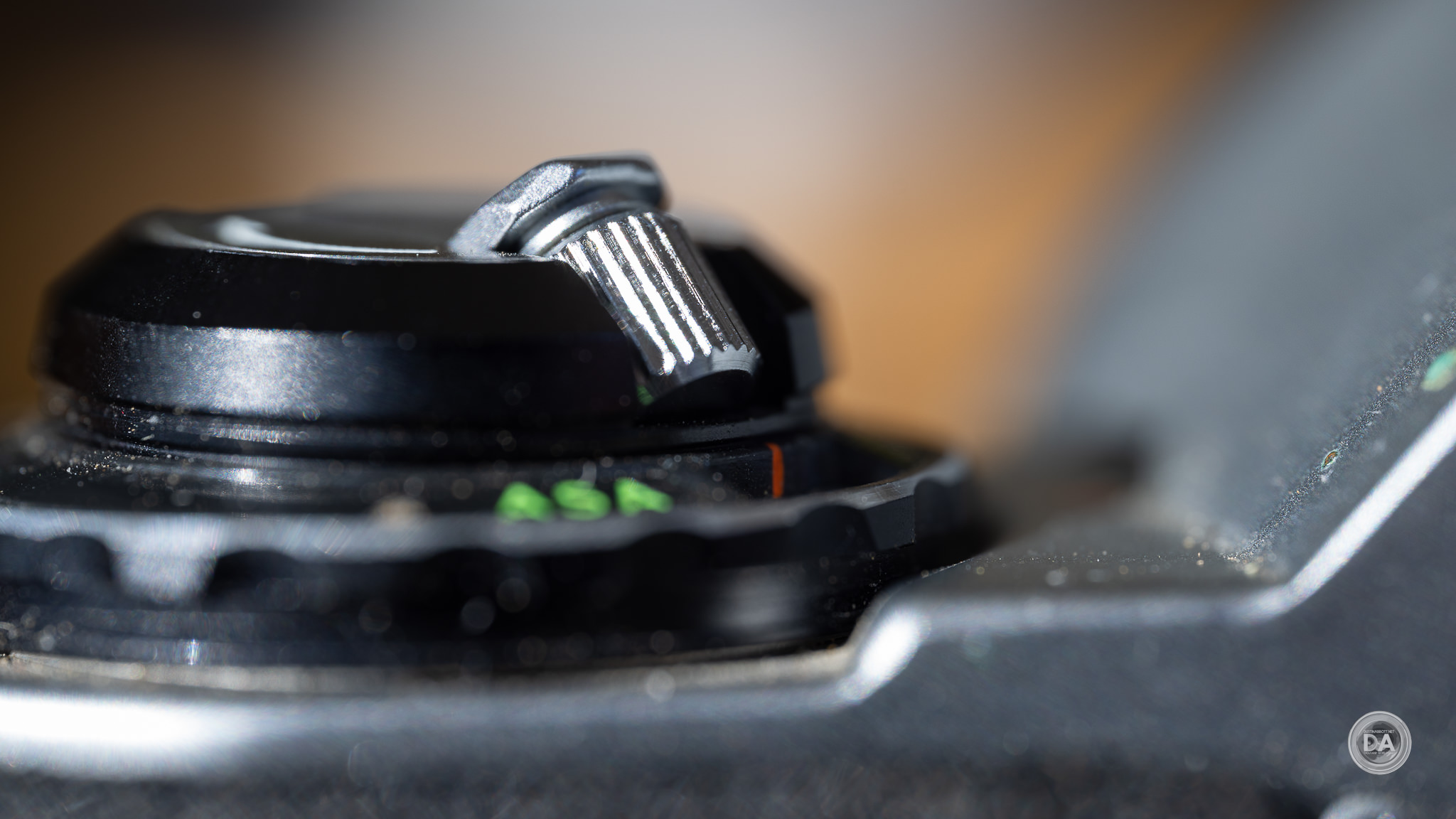
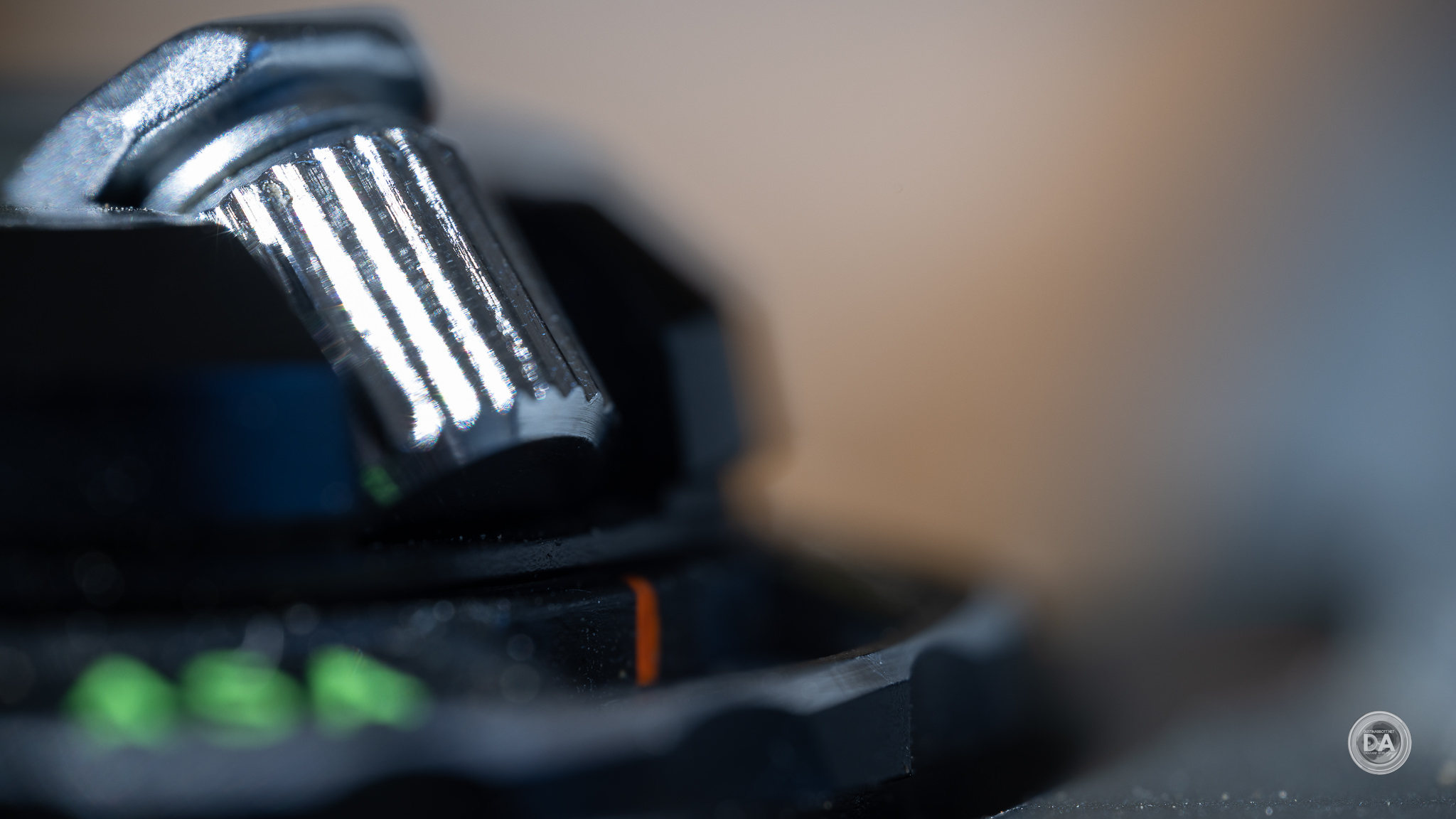

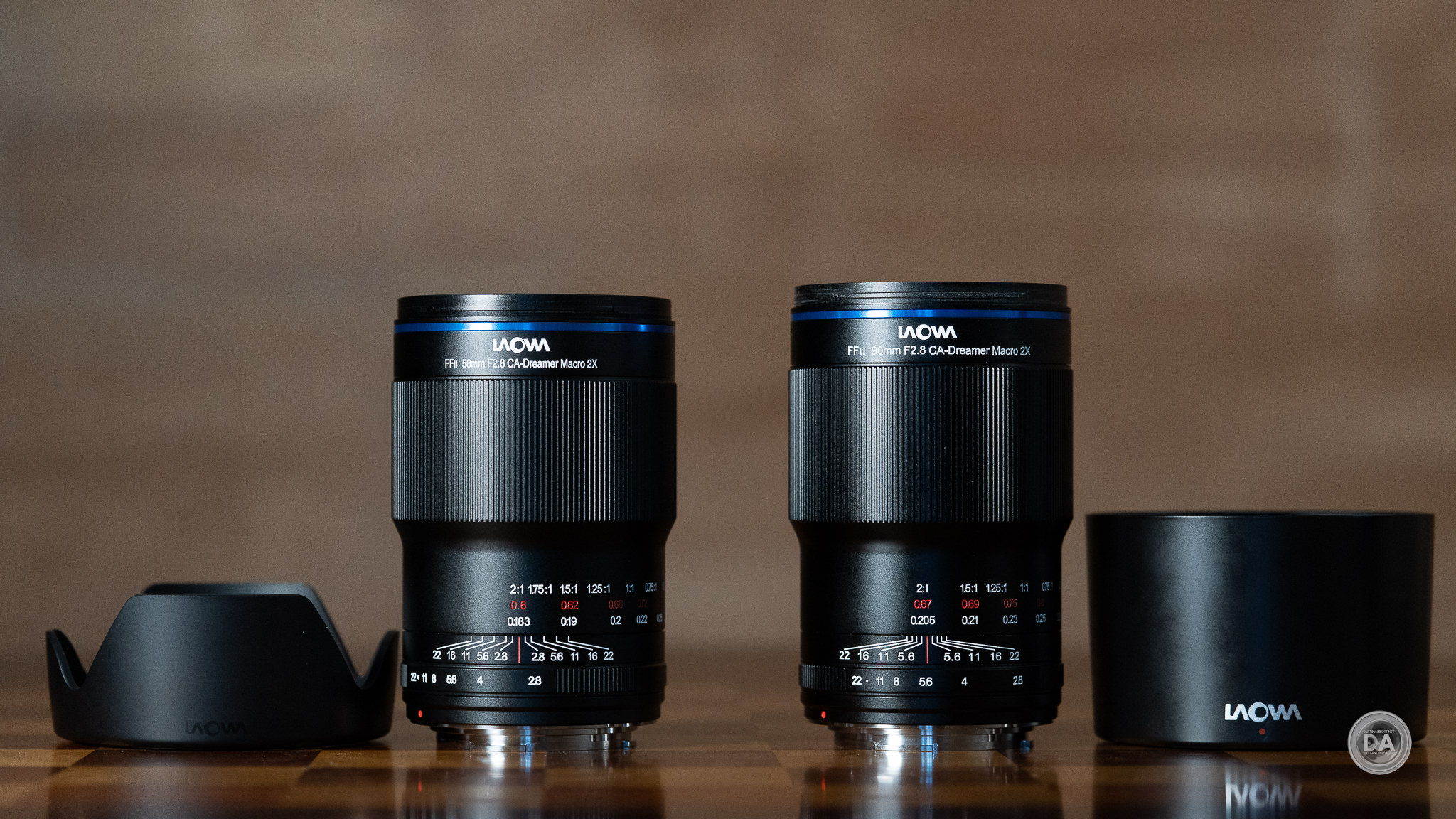

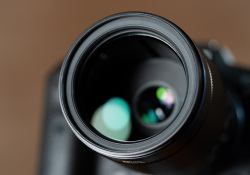
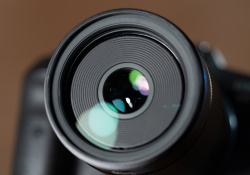



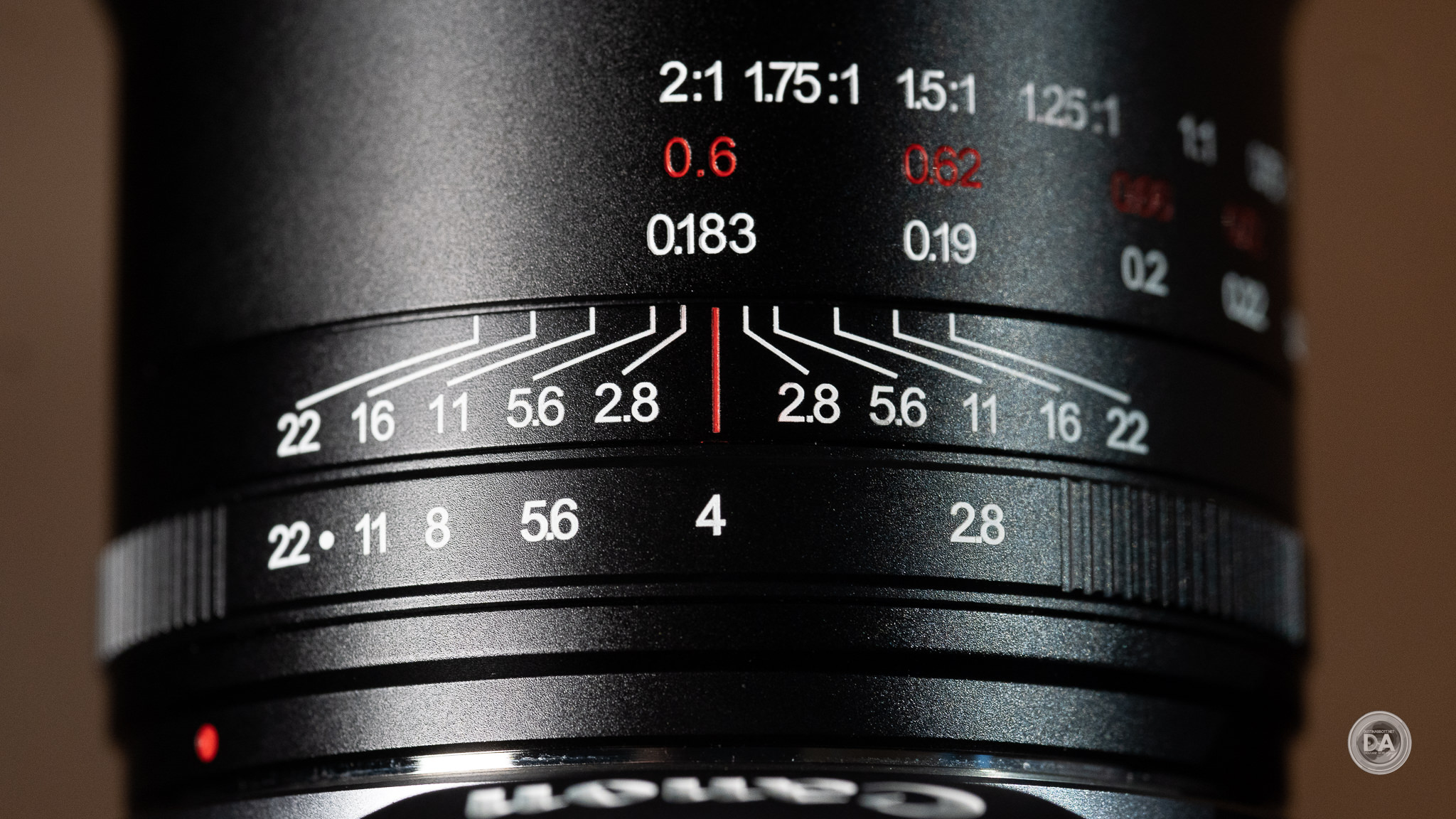




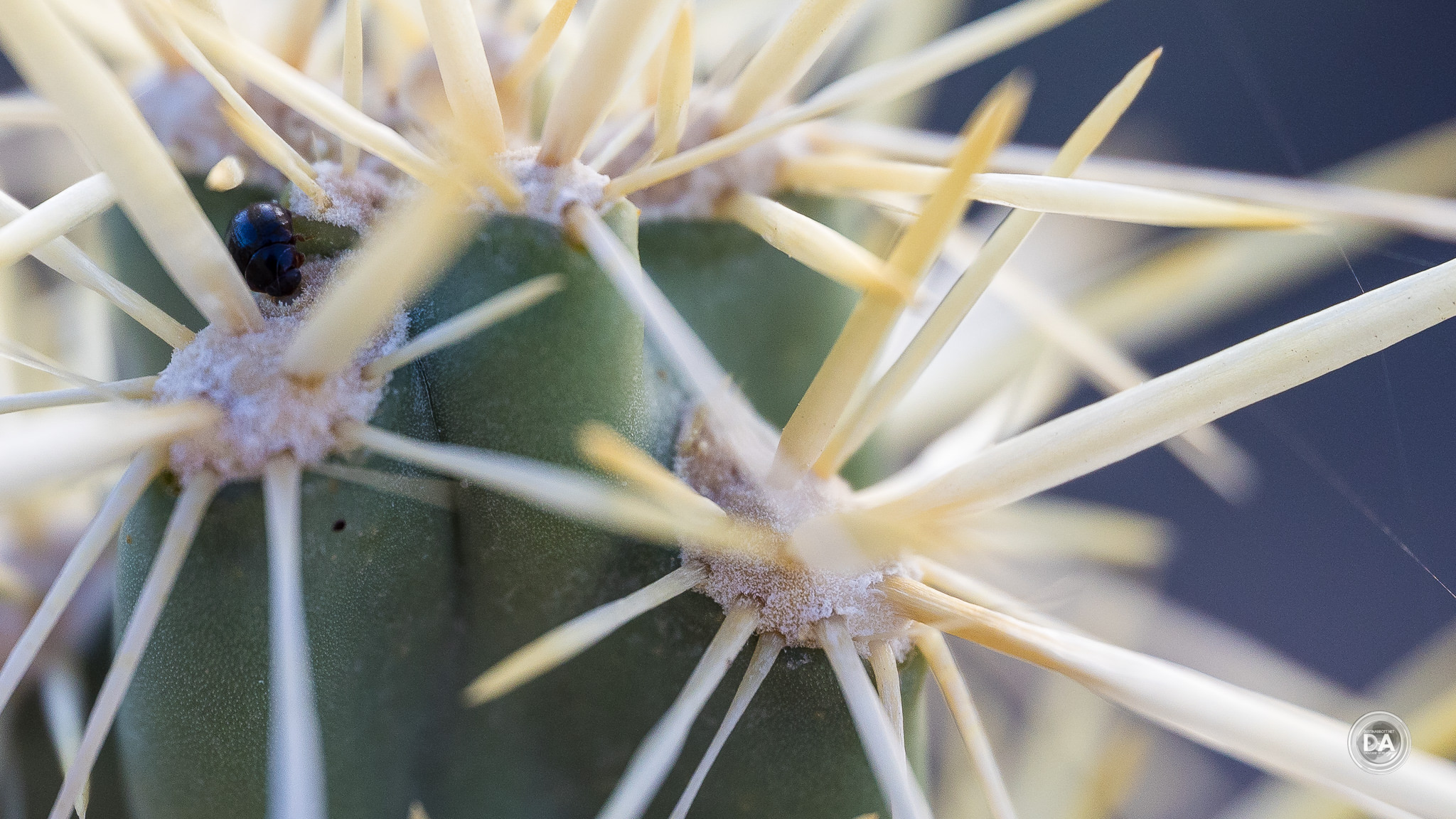
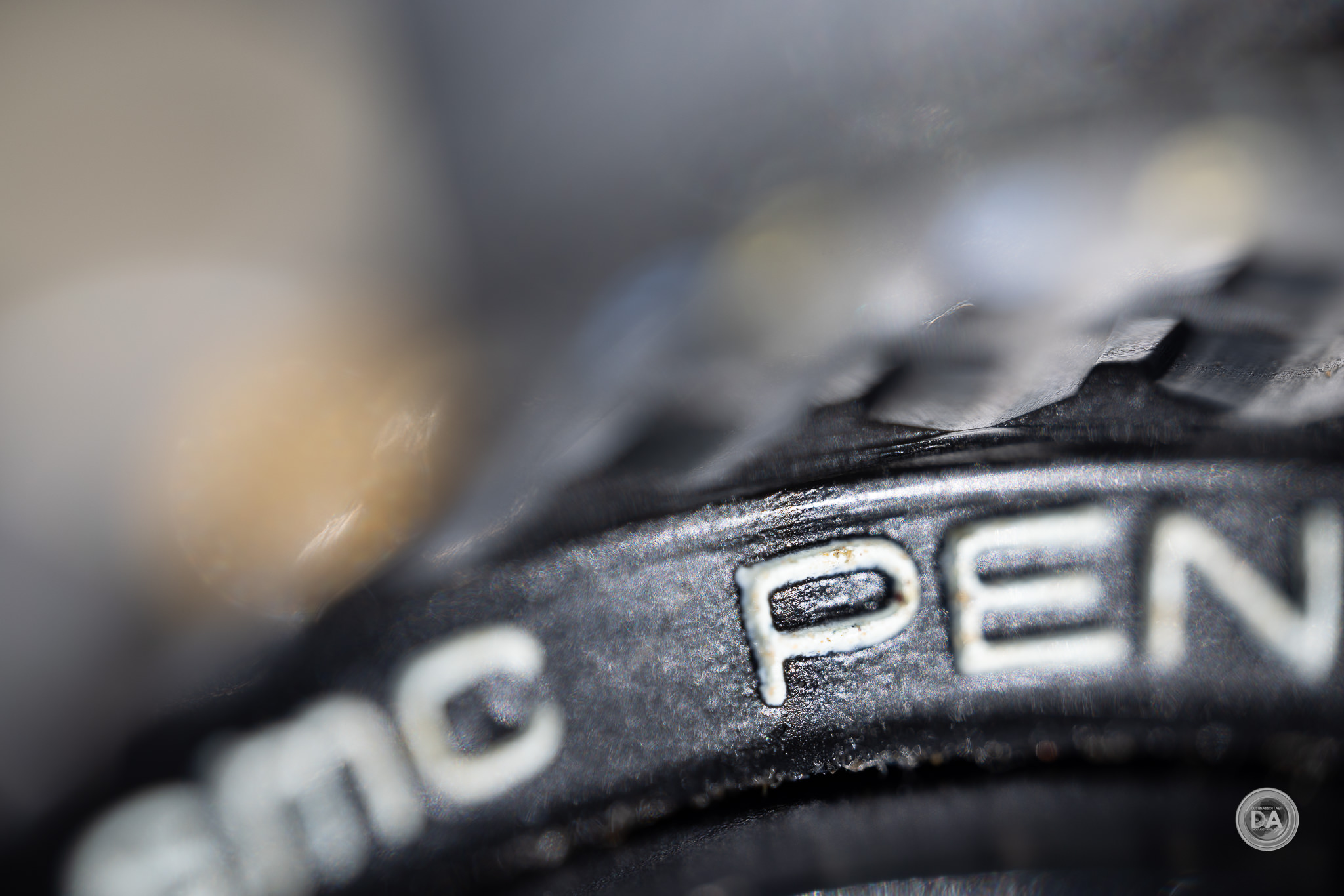
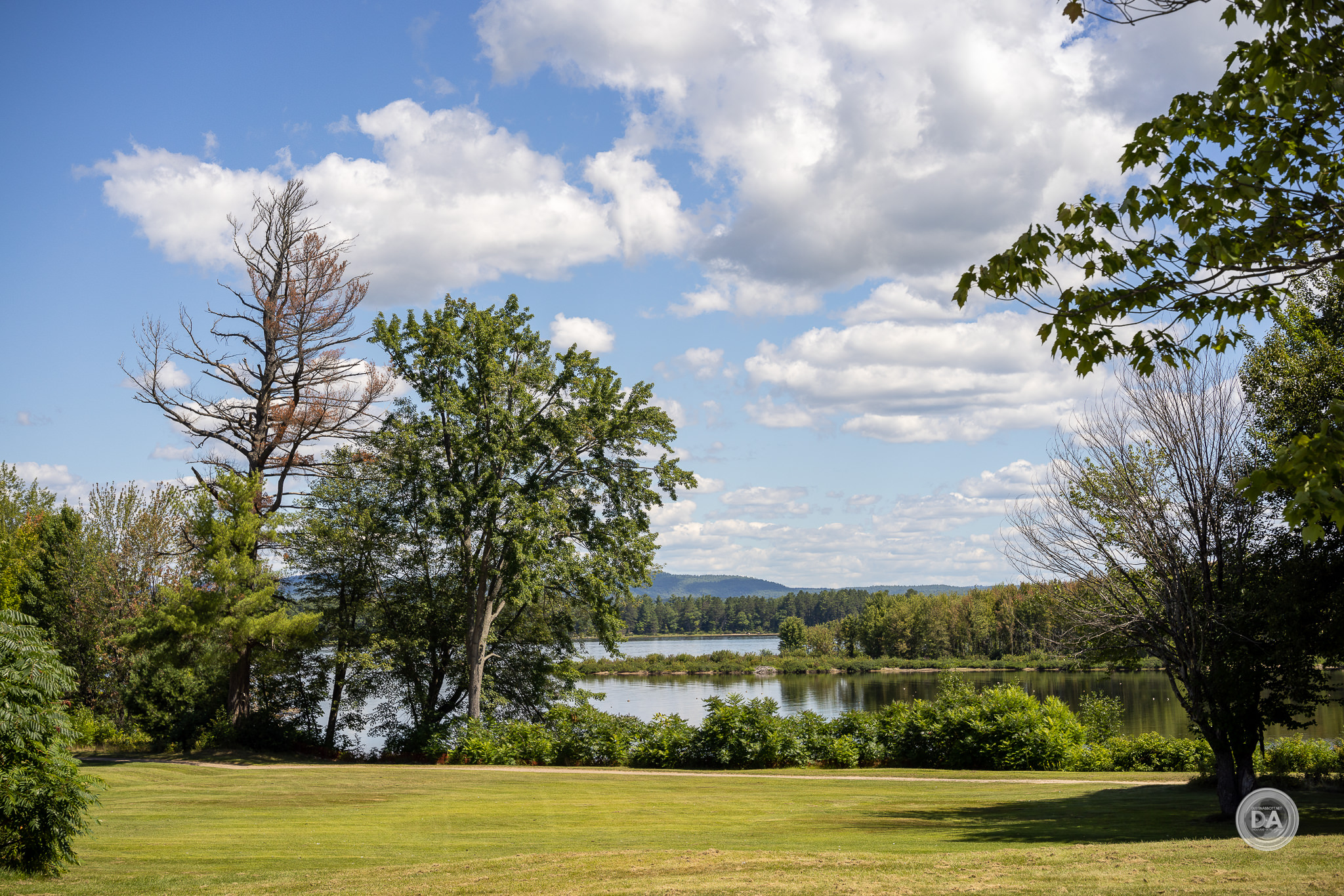
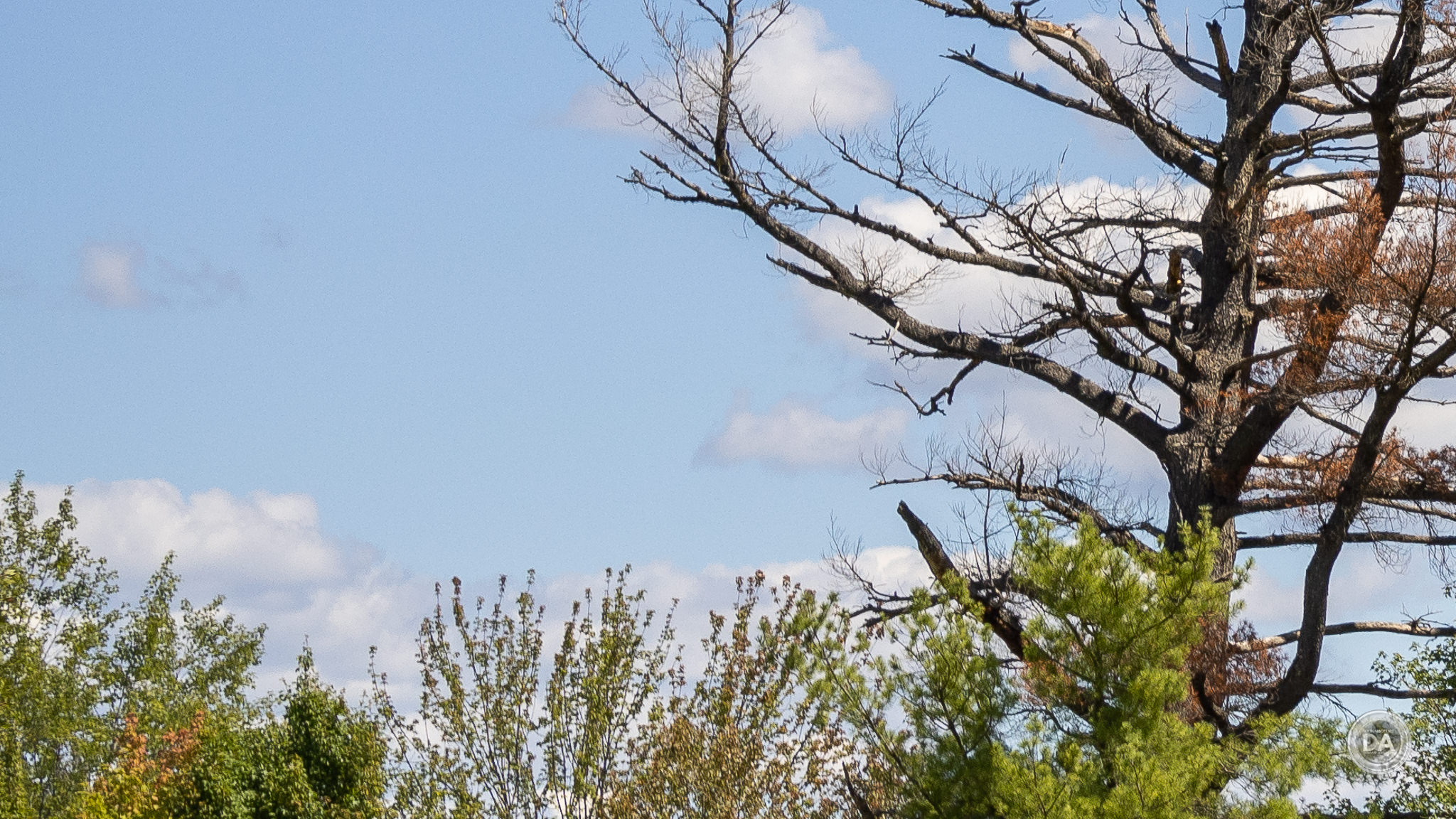
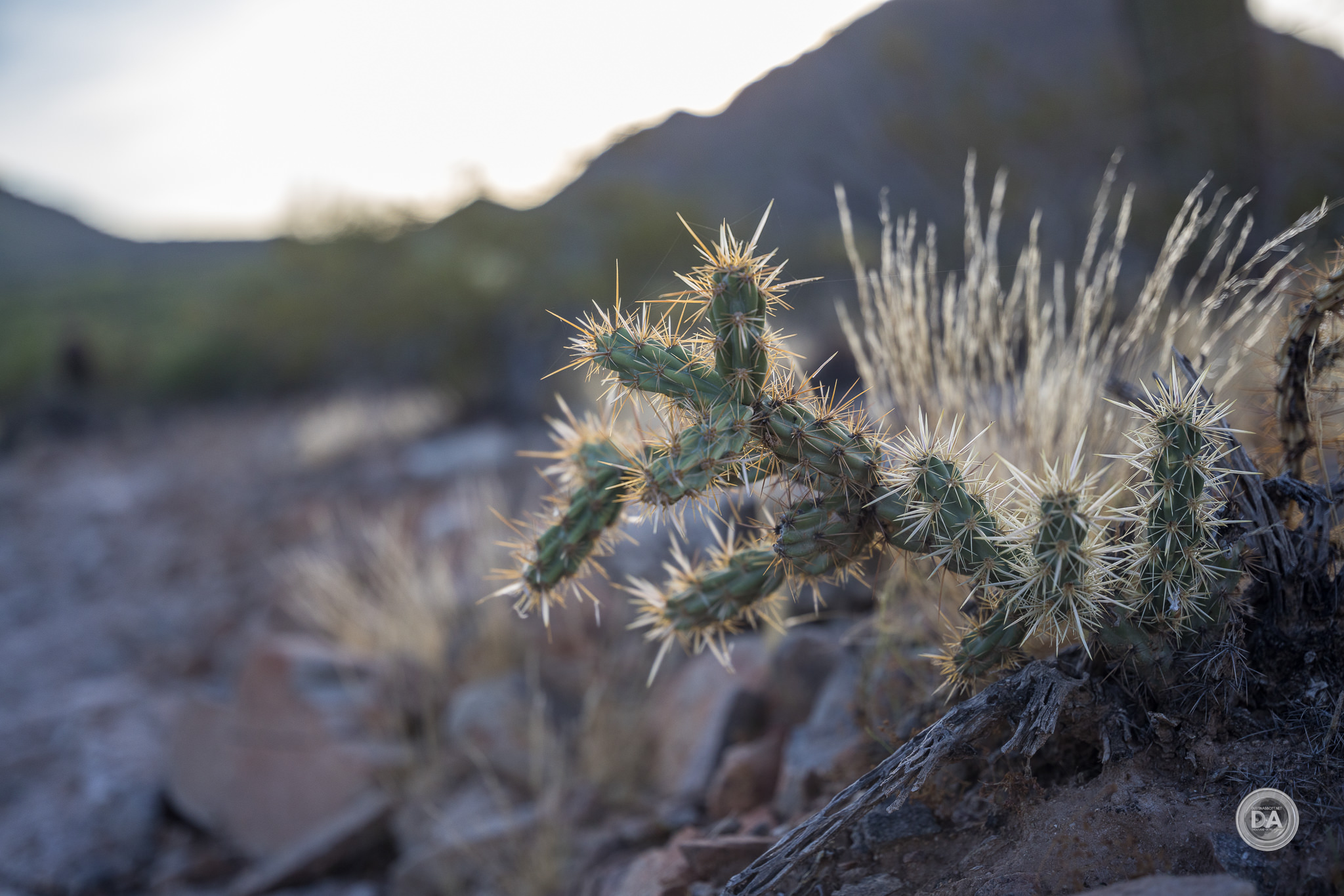
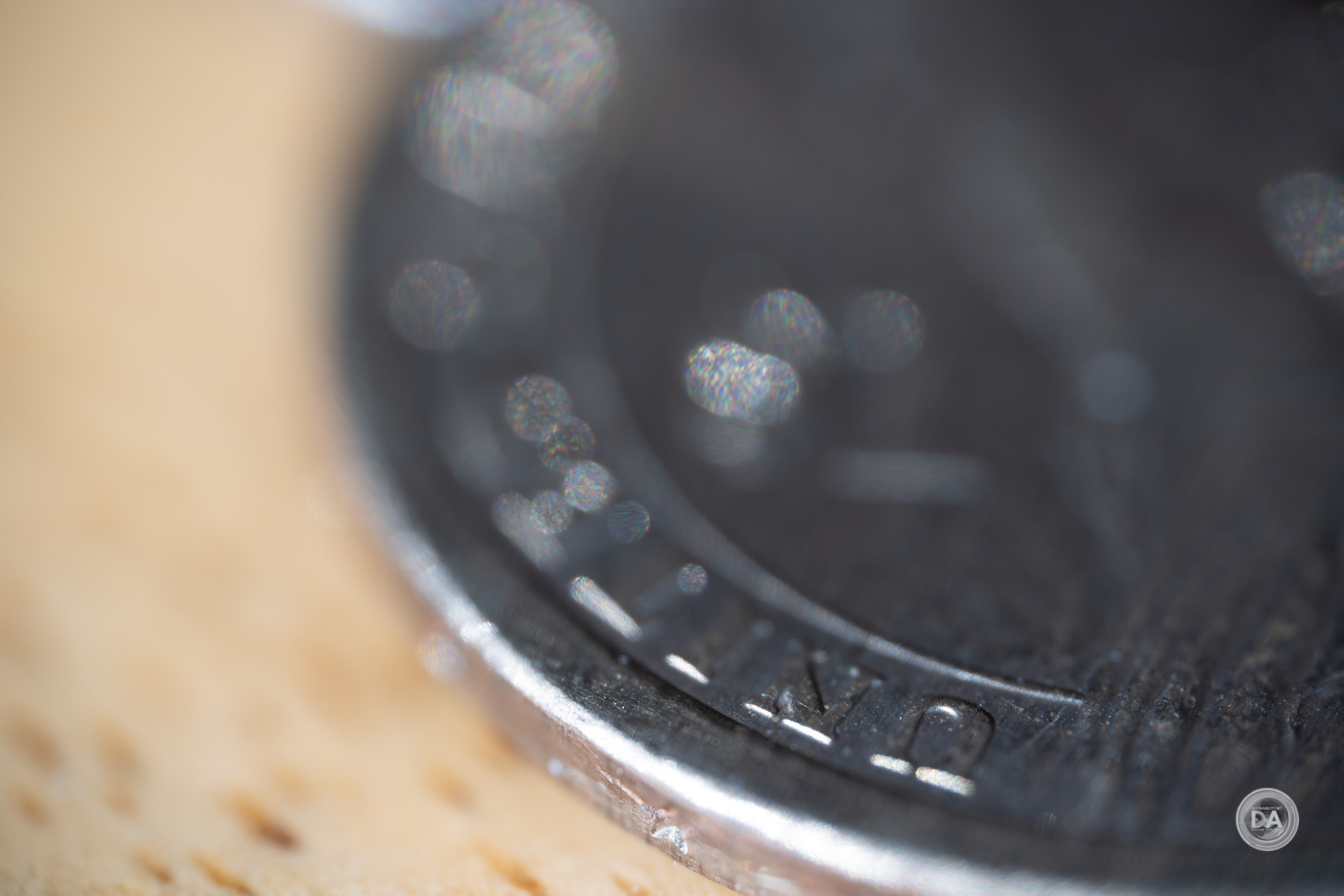
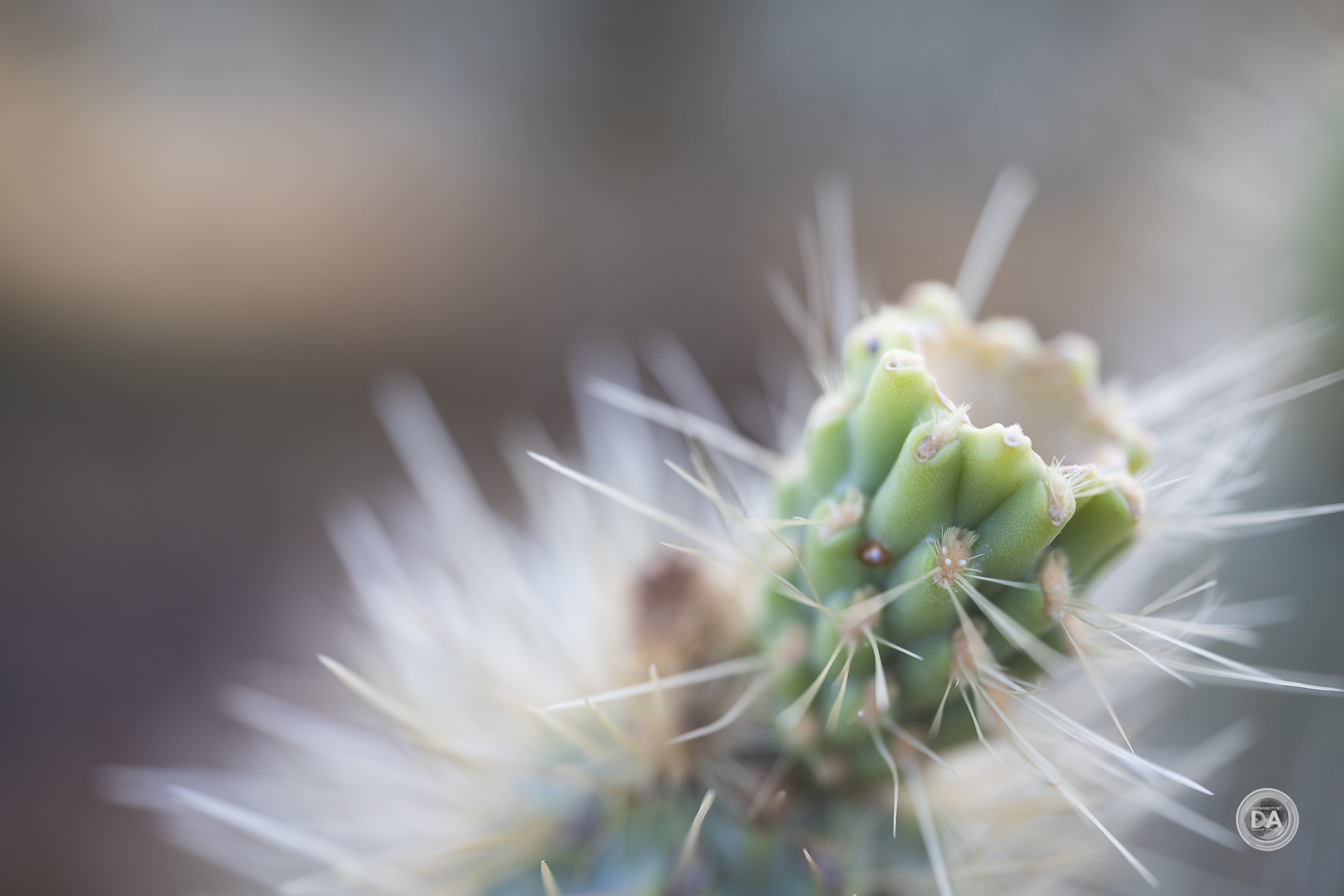

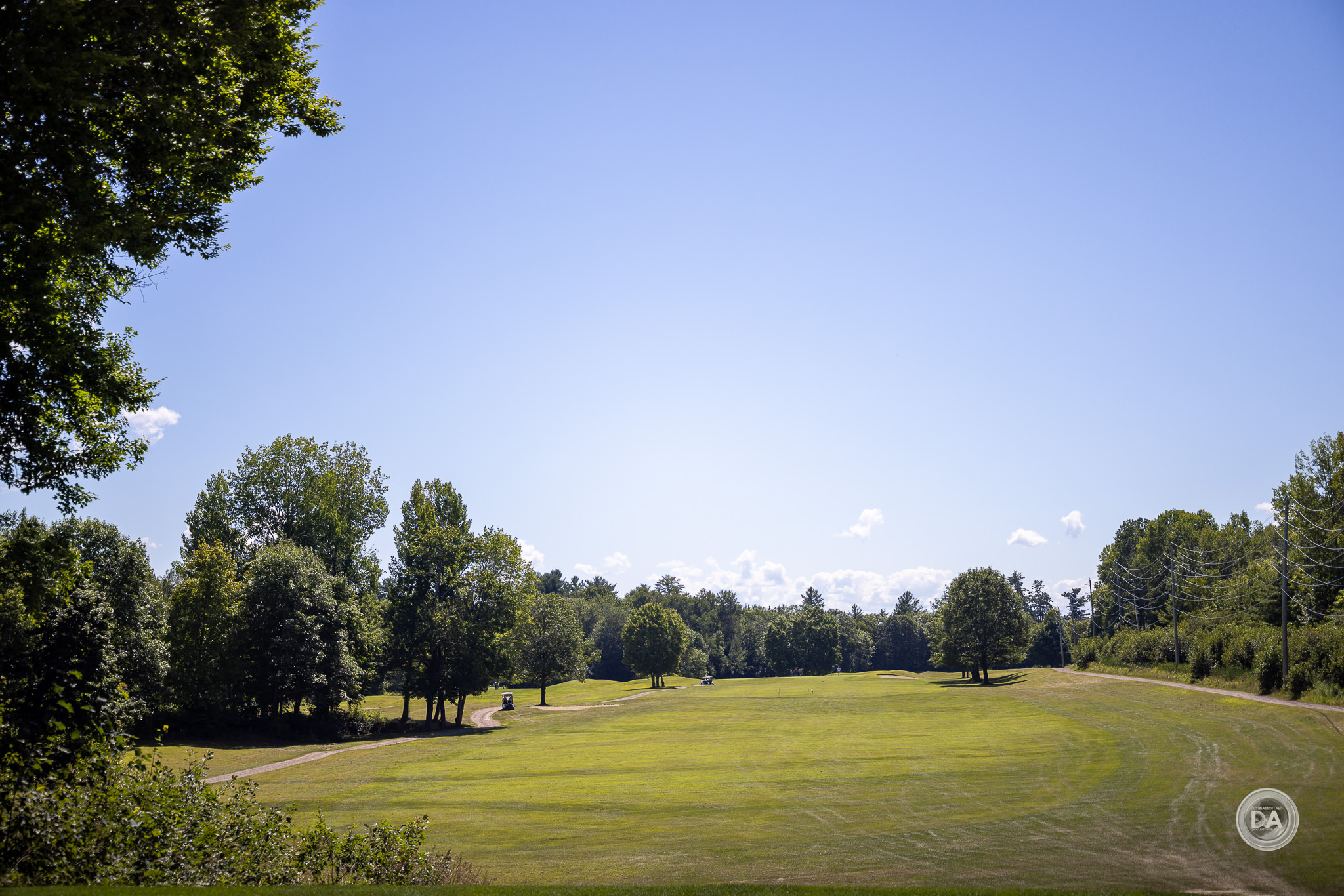


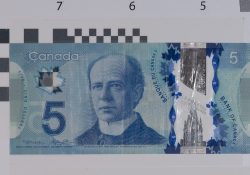

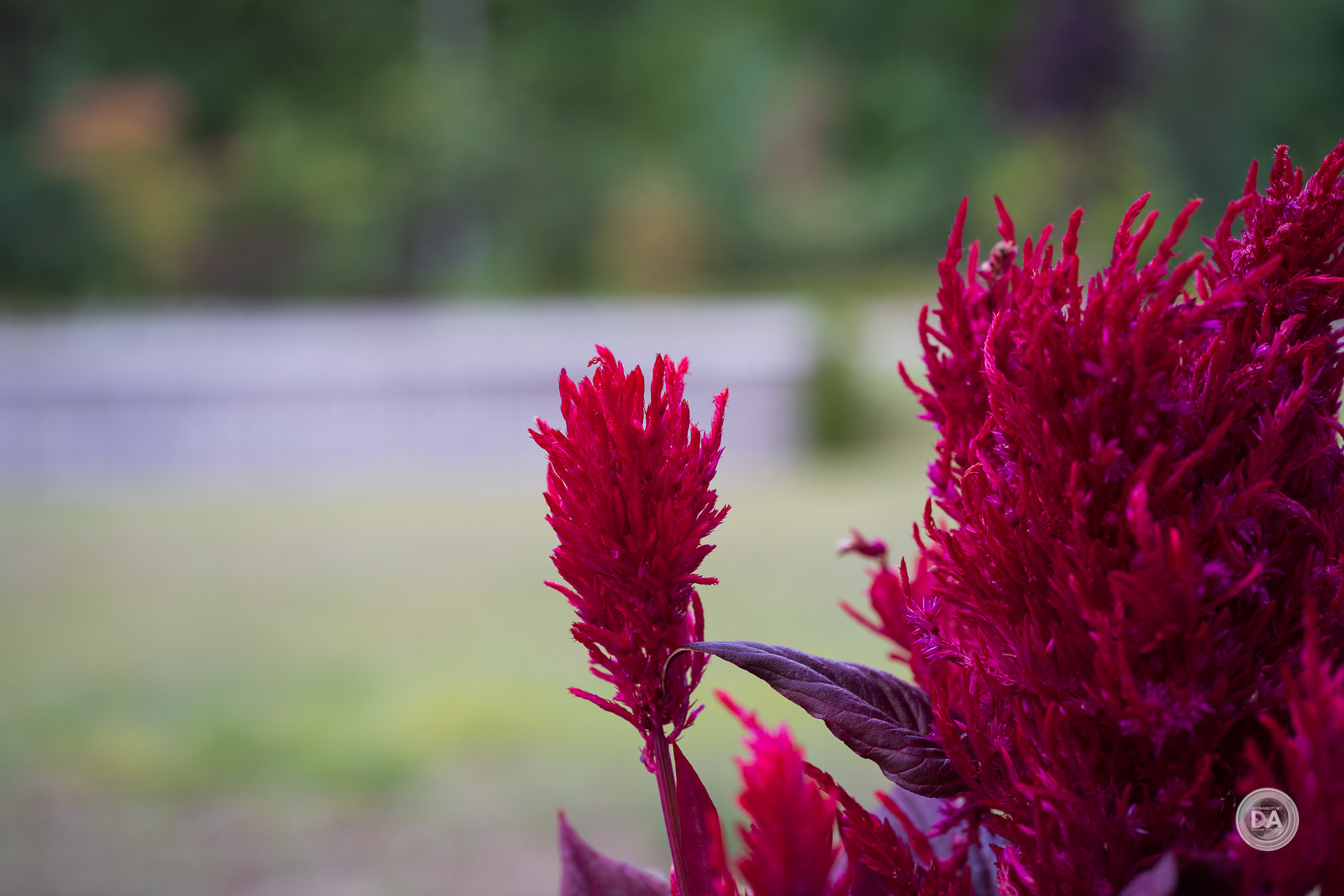

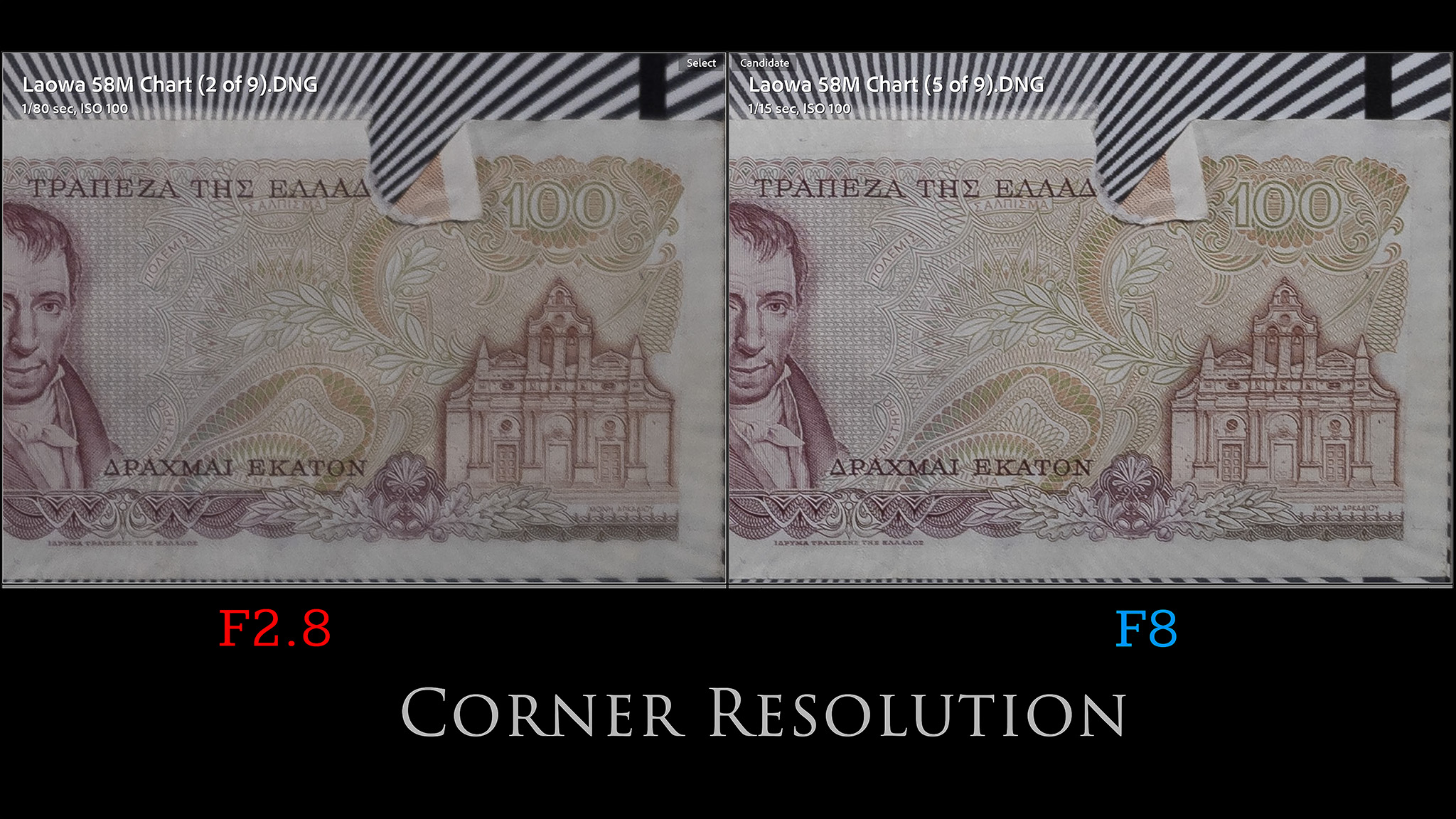
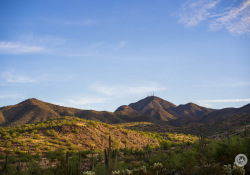


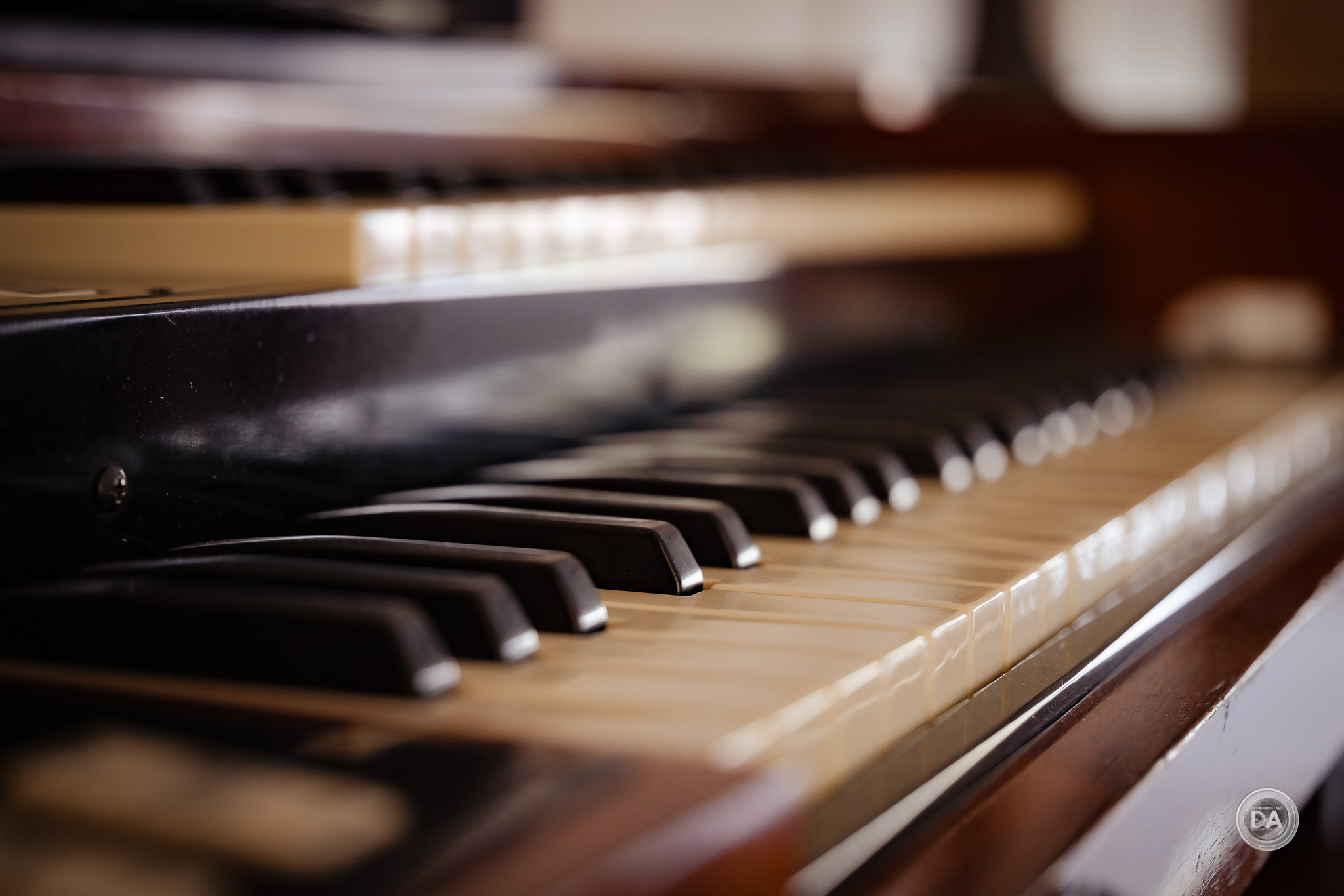
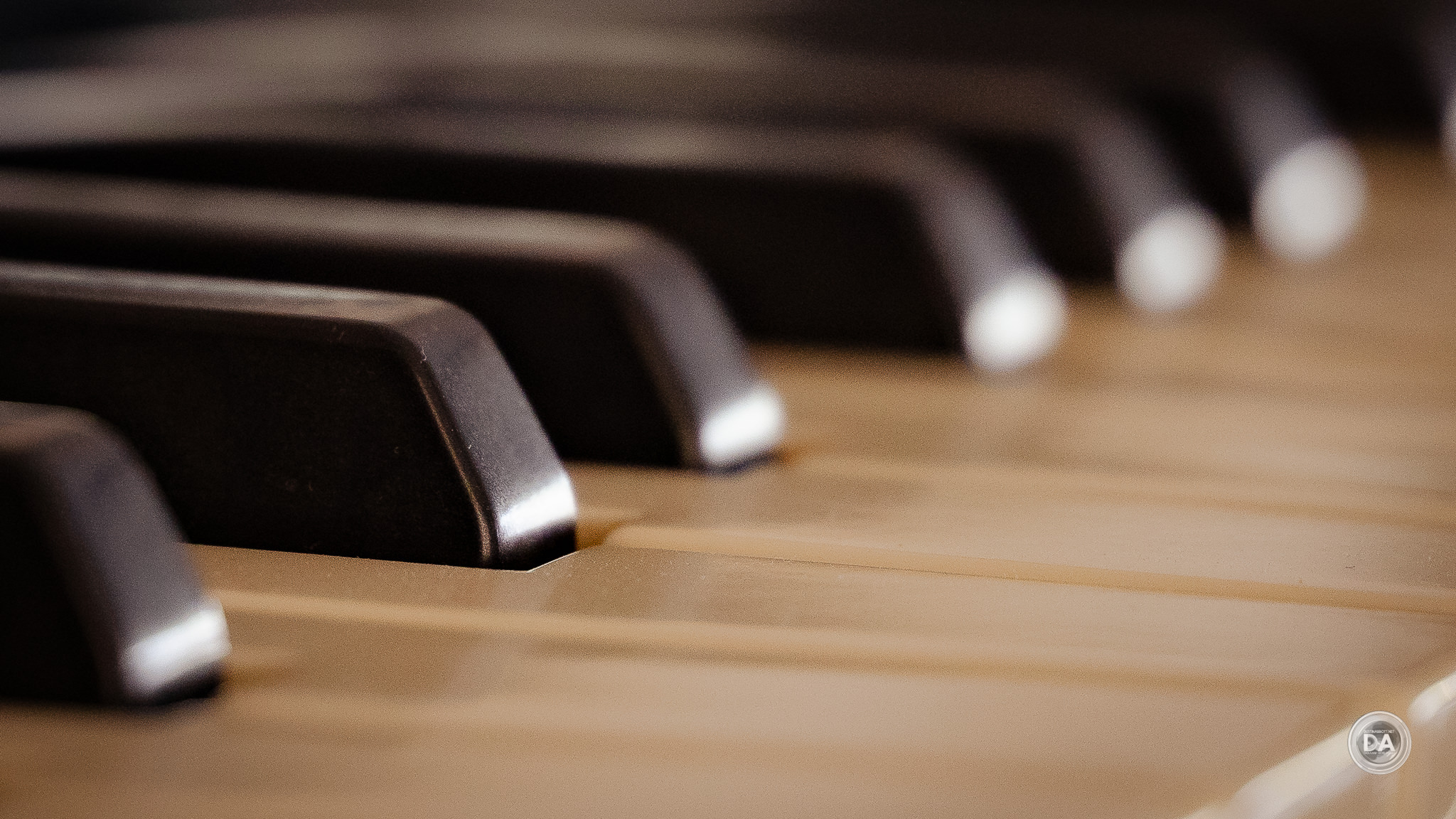
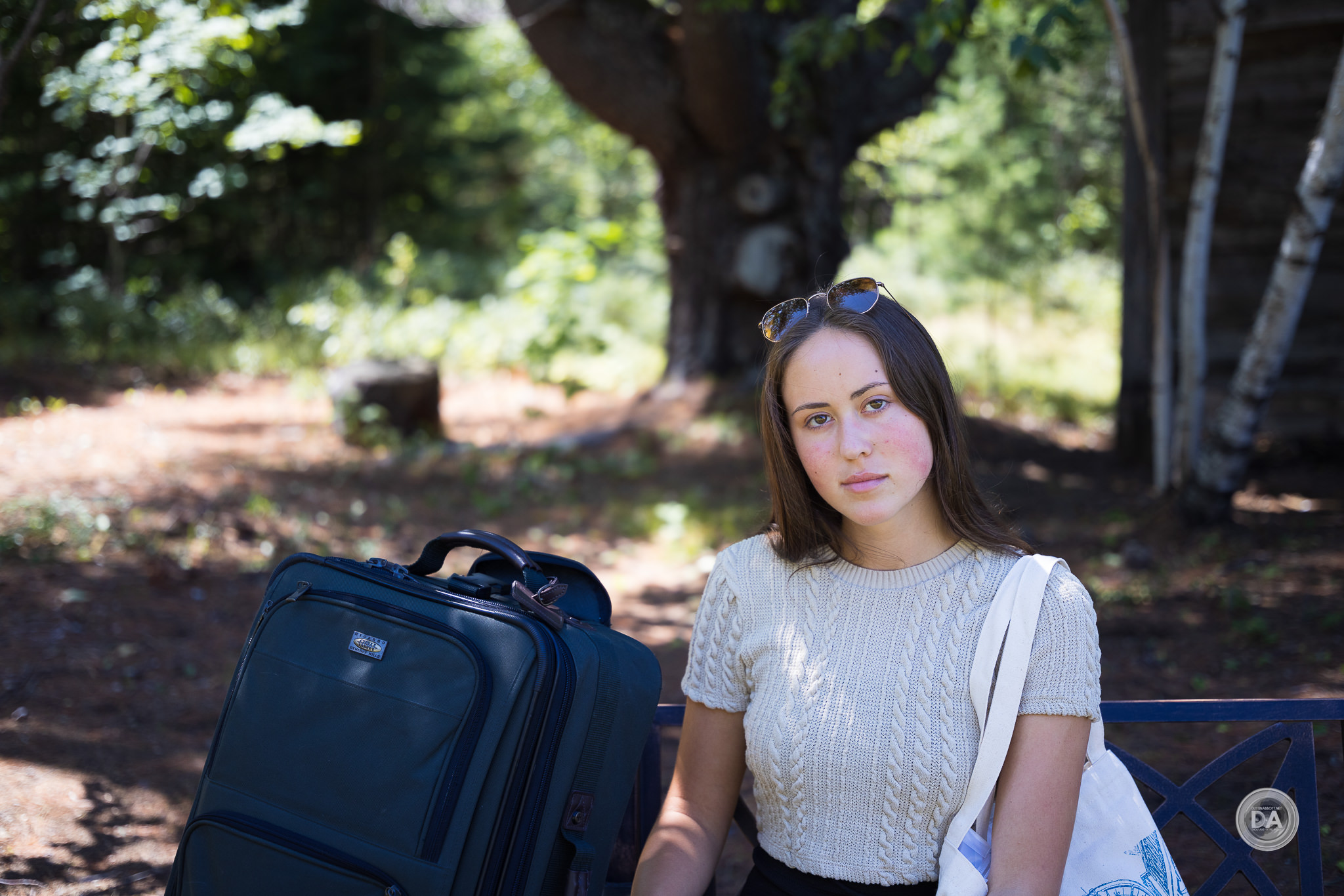
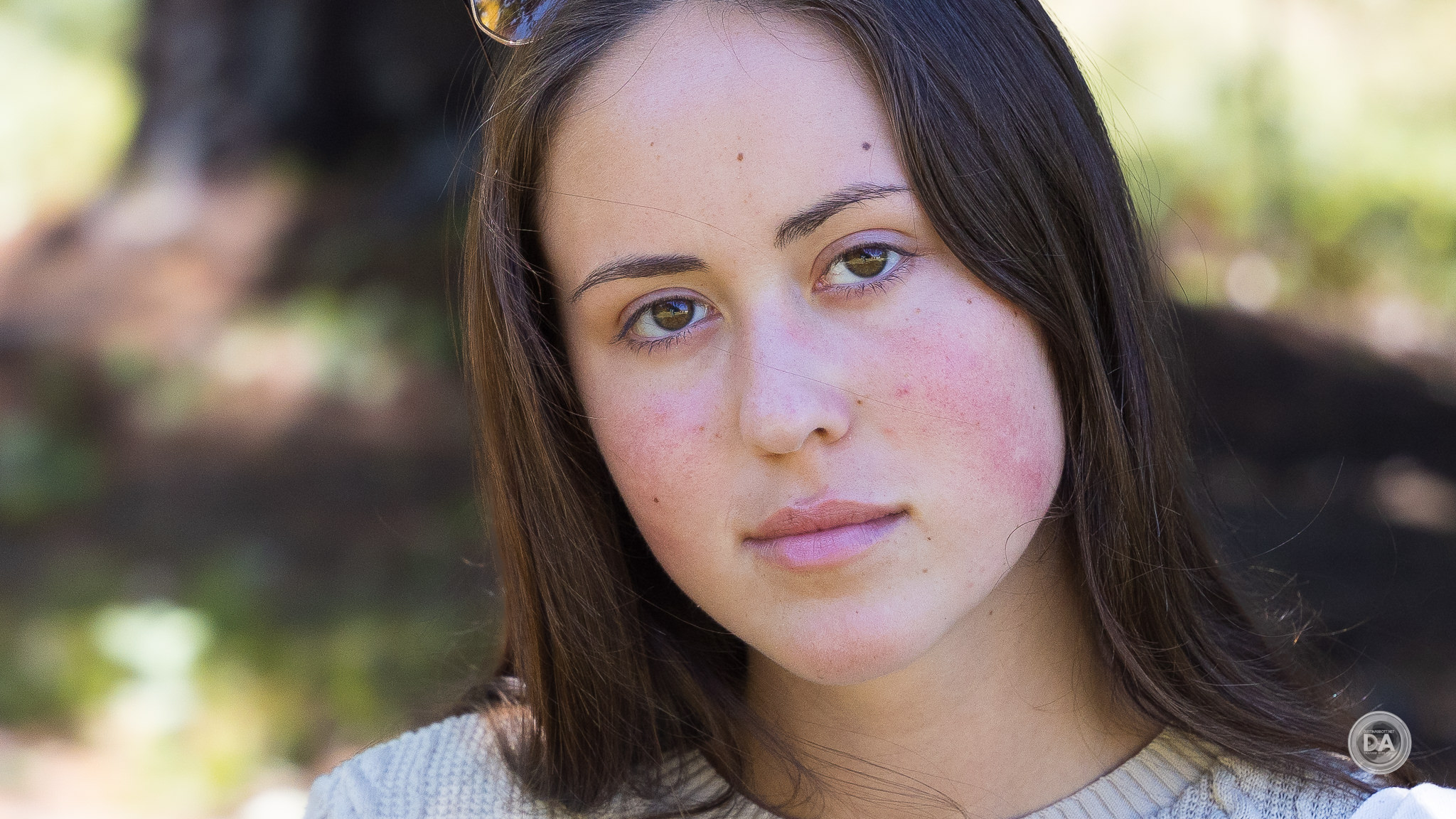
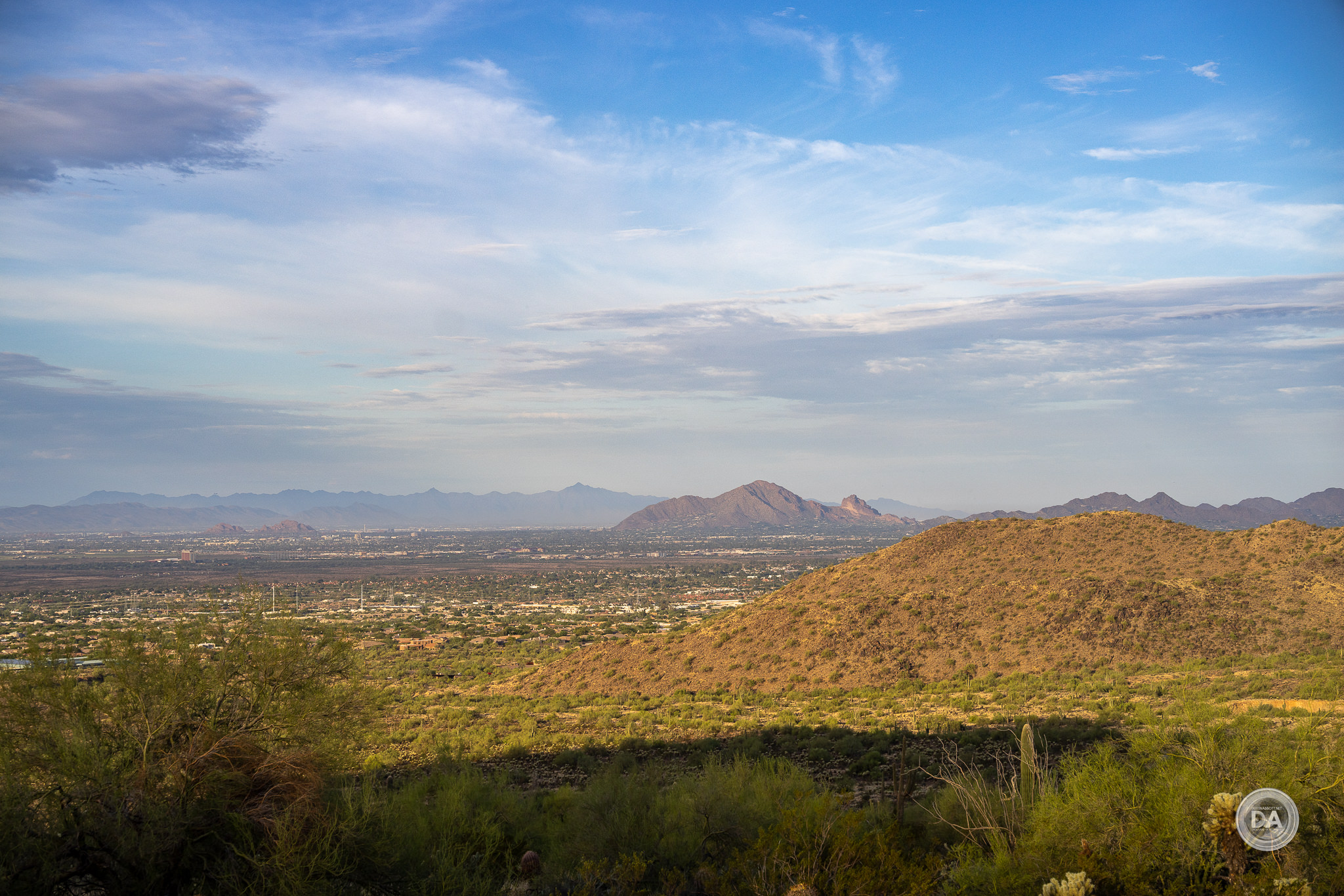
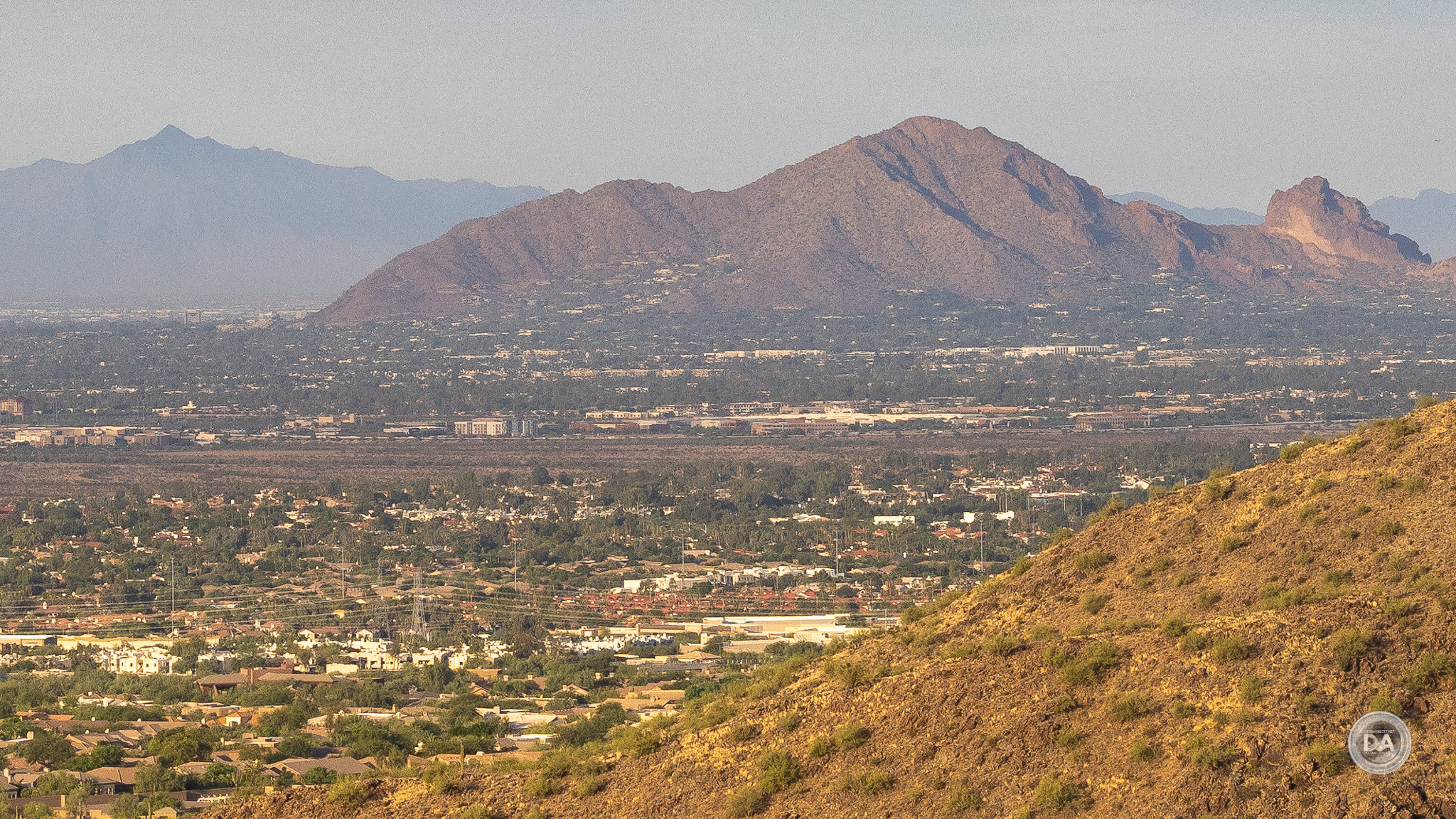
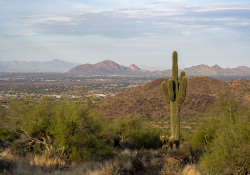

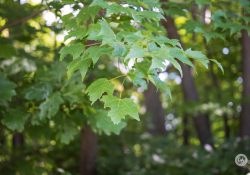
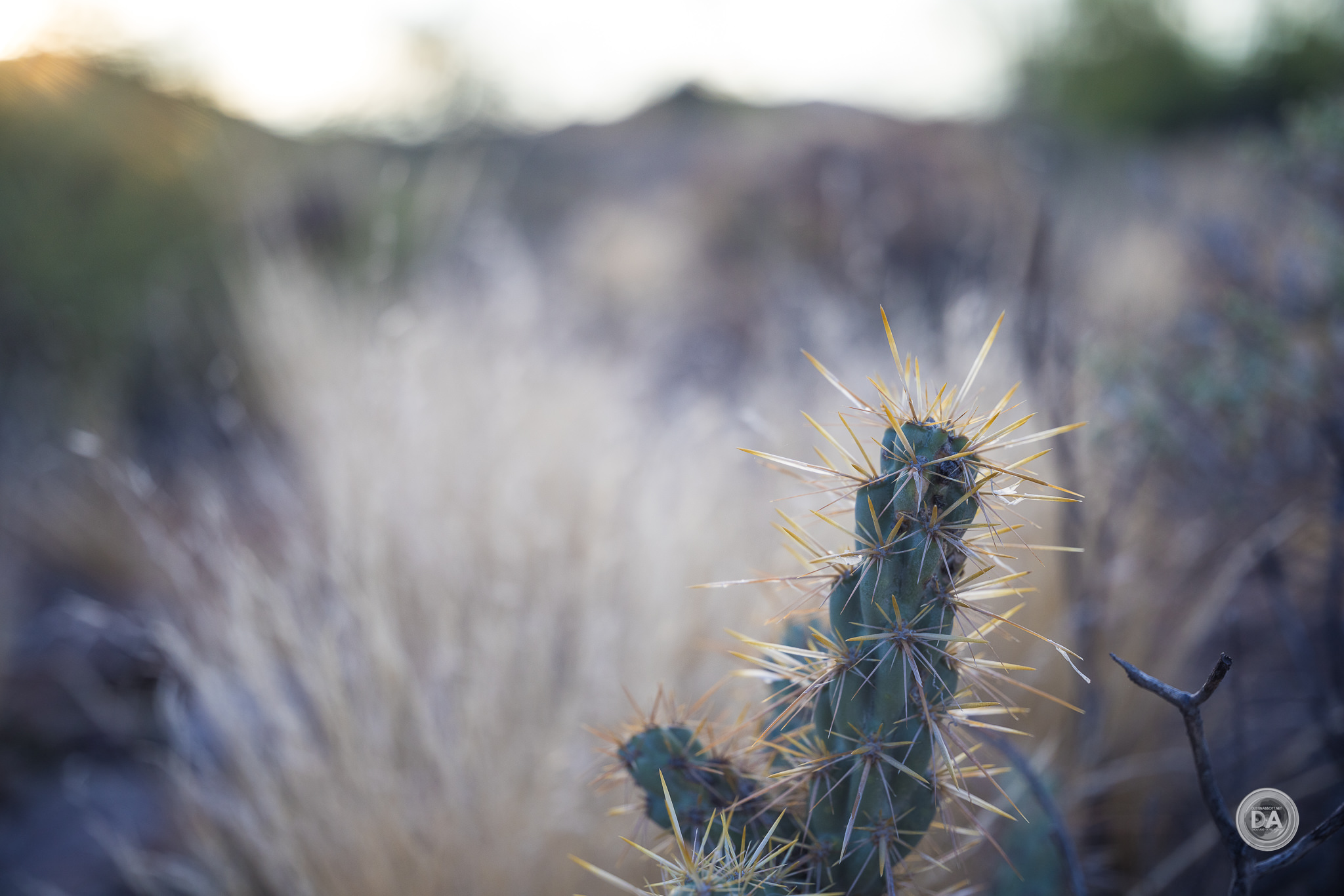

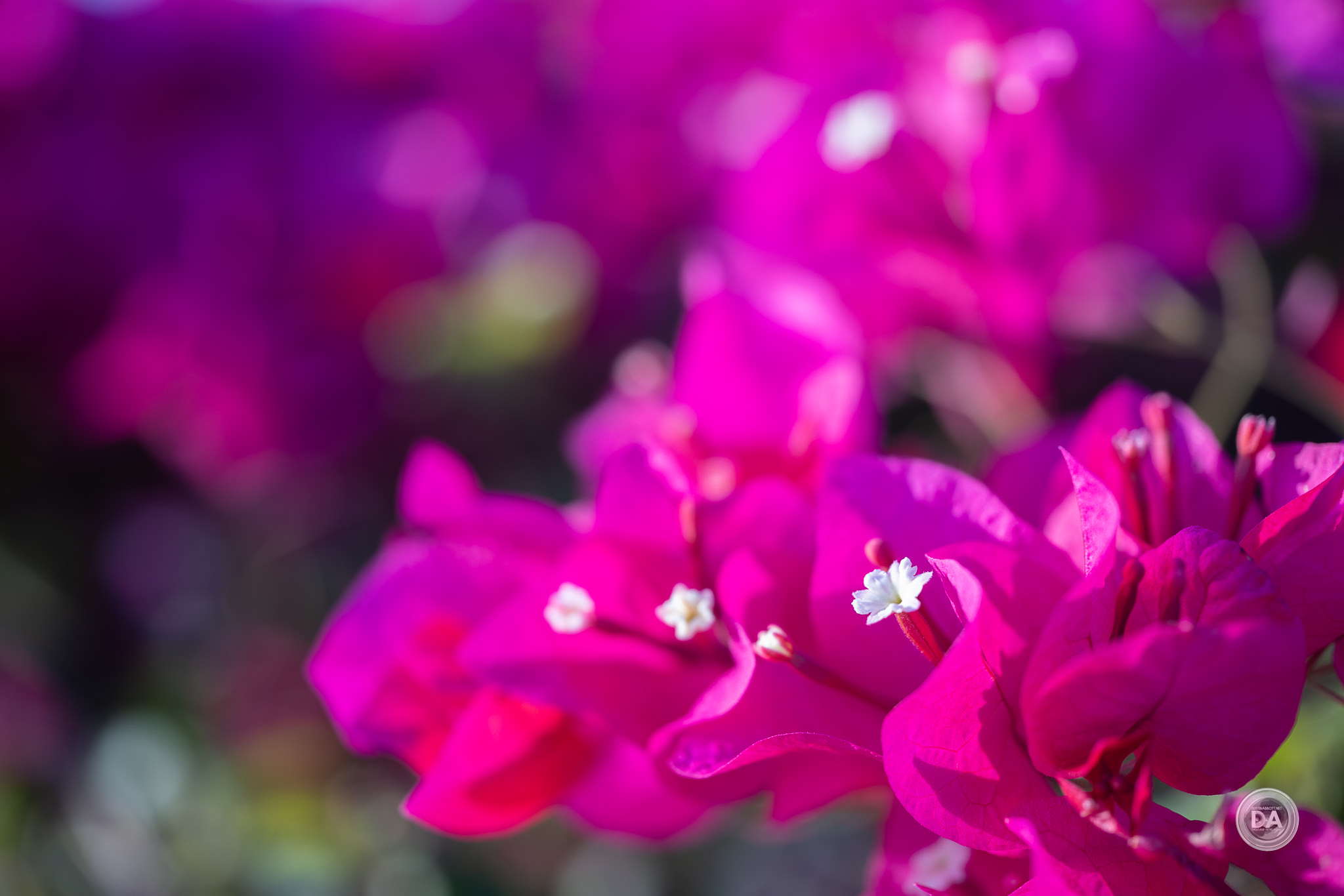
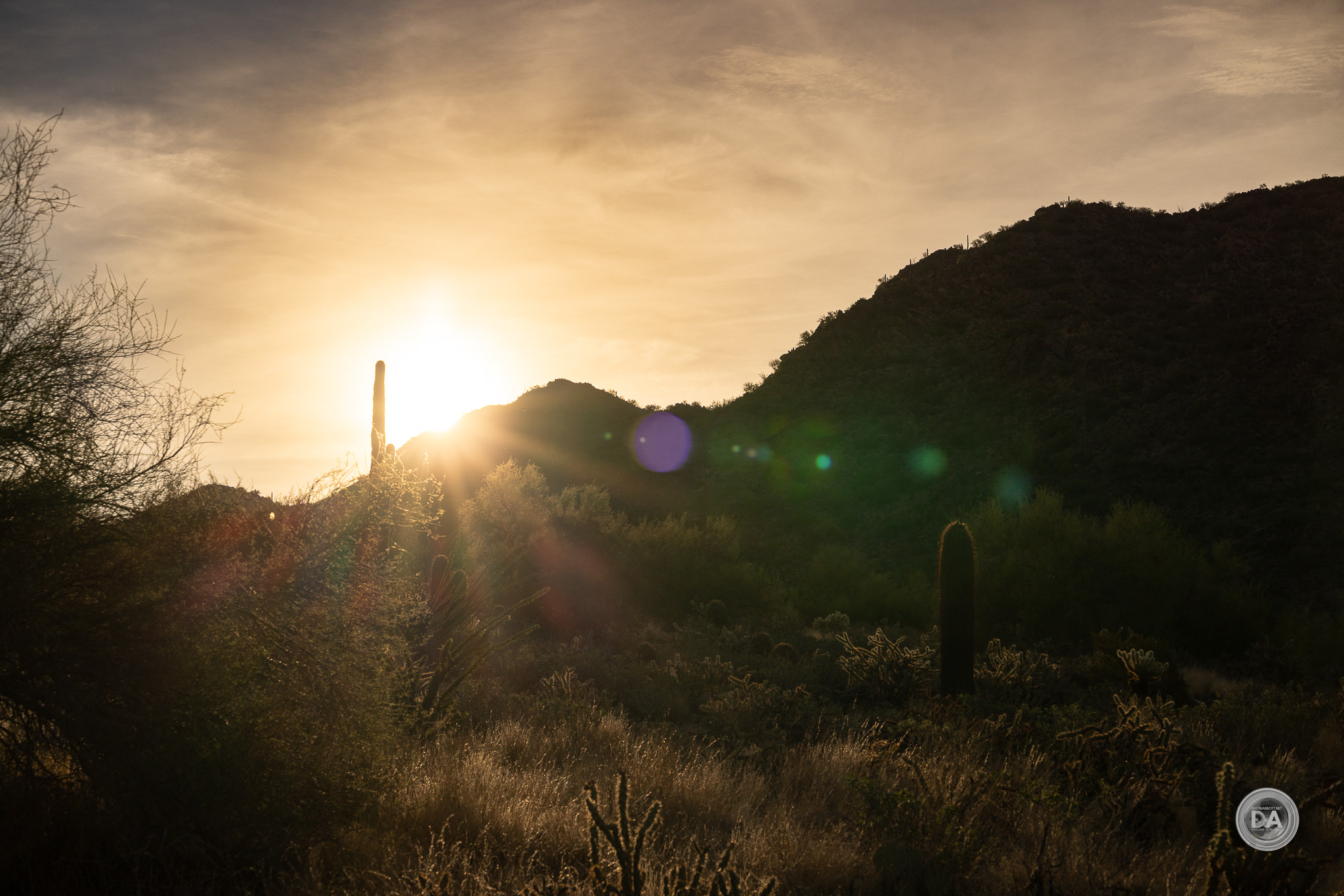
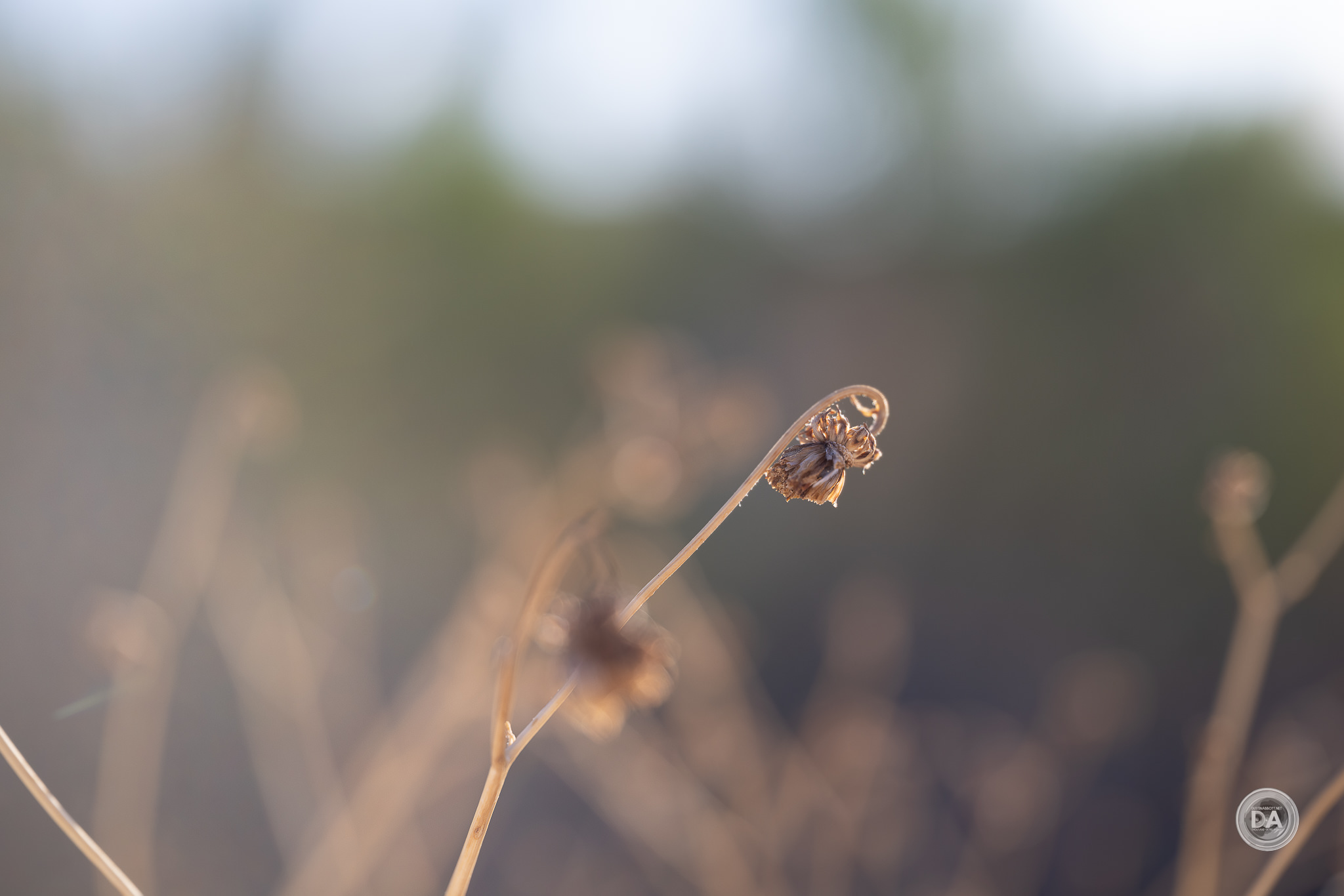
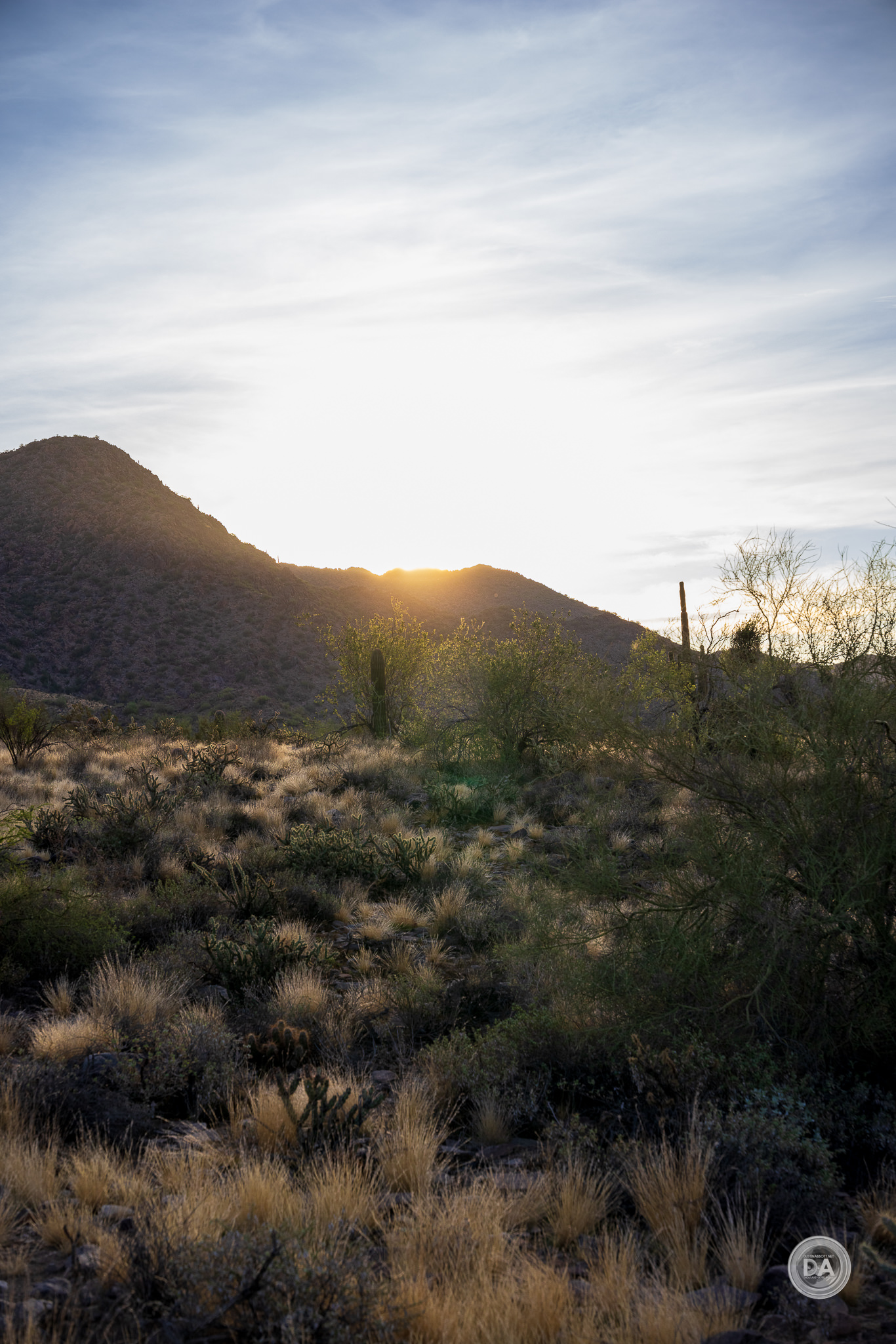
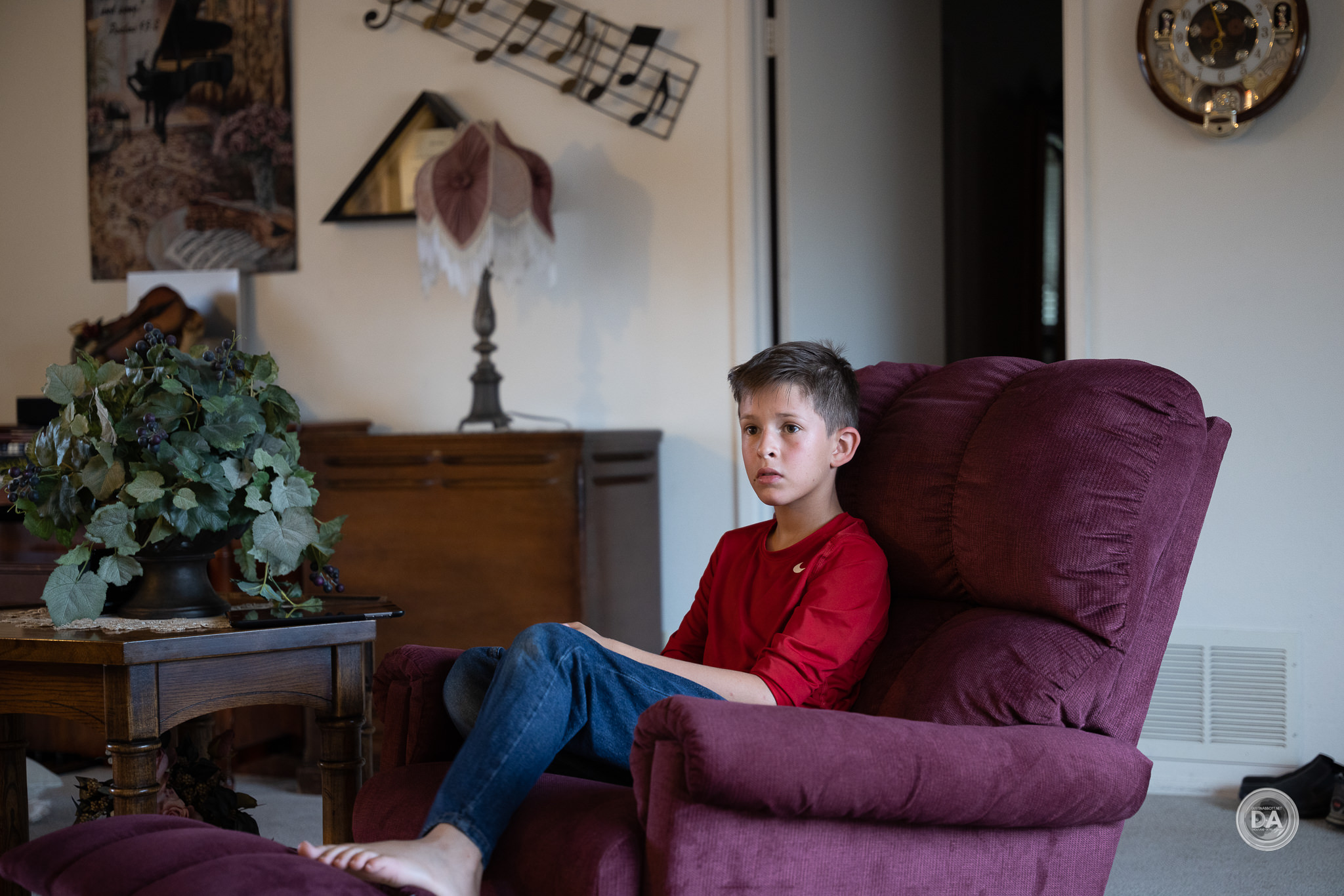







 GOOVIS ART Head Mounted Display Review
GOOVIS ART Head Mounted Display Review 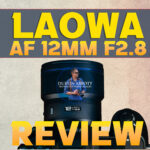 Laowa AF 12mm F2.8 Zero D Review (Z-Mount)
Laowa AF 12mm F2.8 Zero D Review (Z-Mount)  Nikkor Z 35mm F1.2 S Review
Nikkor Z 35mm F1.2 S Review  Kase AF 85mm F1.4 Review
Kase AF 85mm F1.4 Review 


